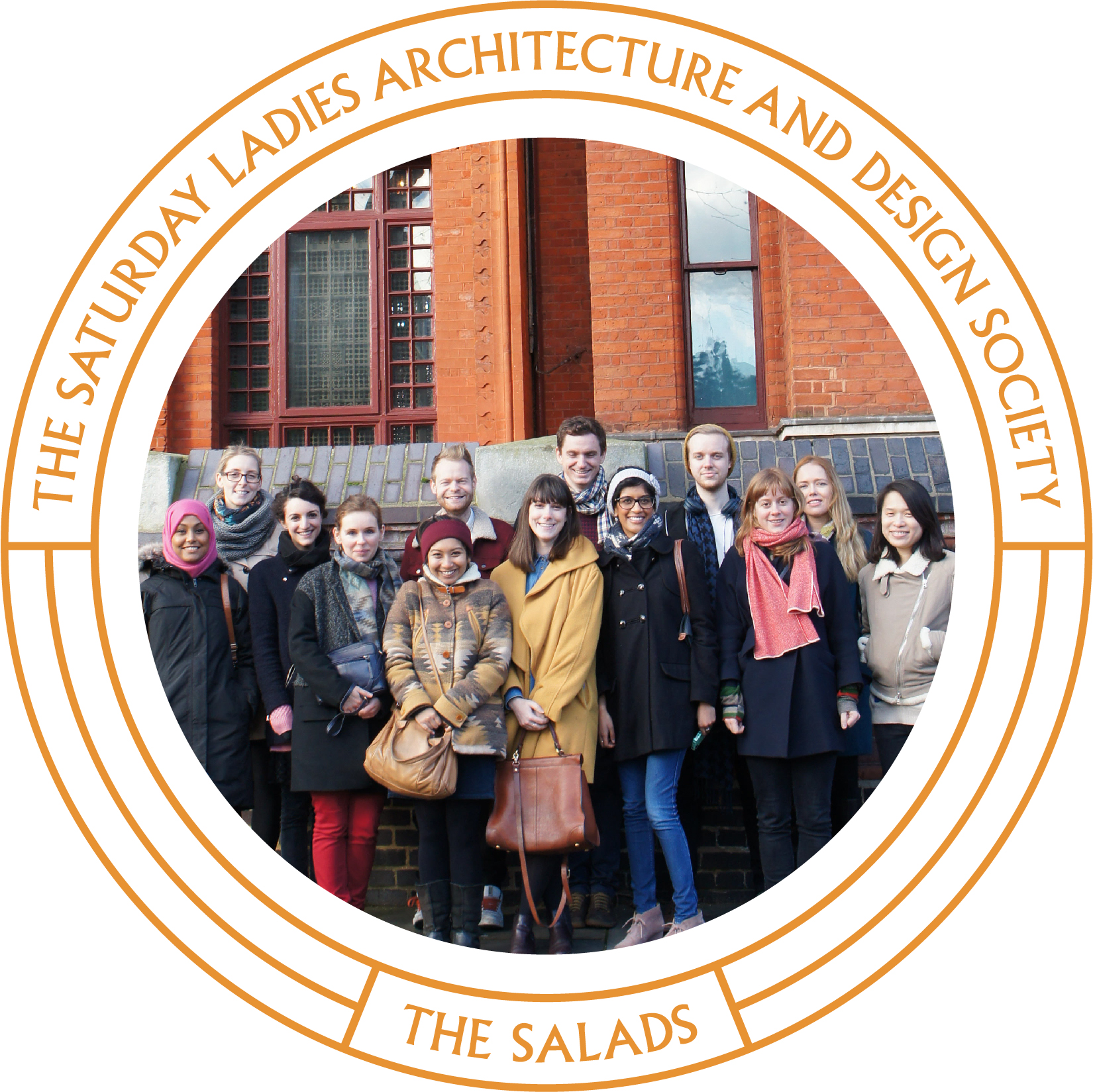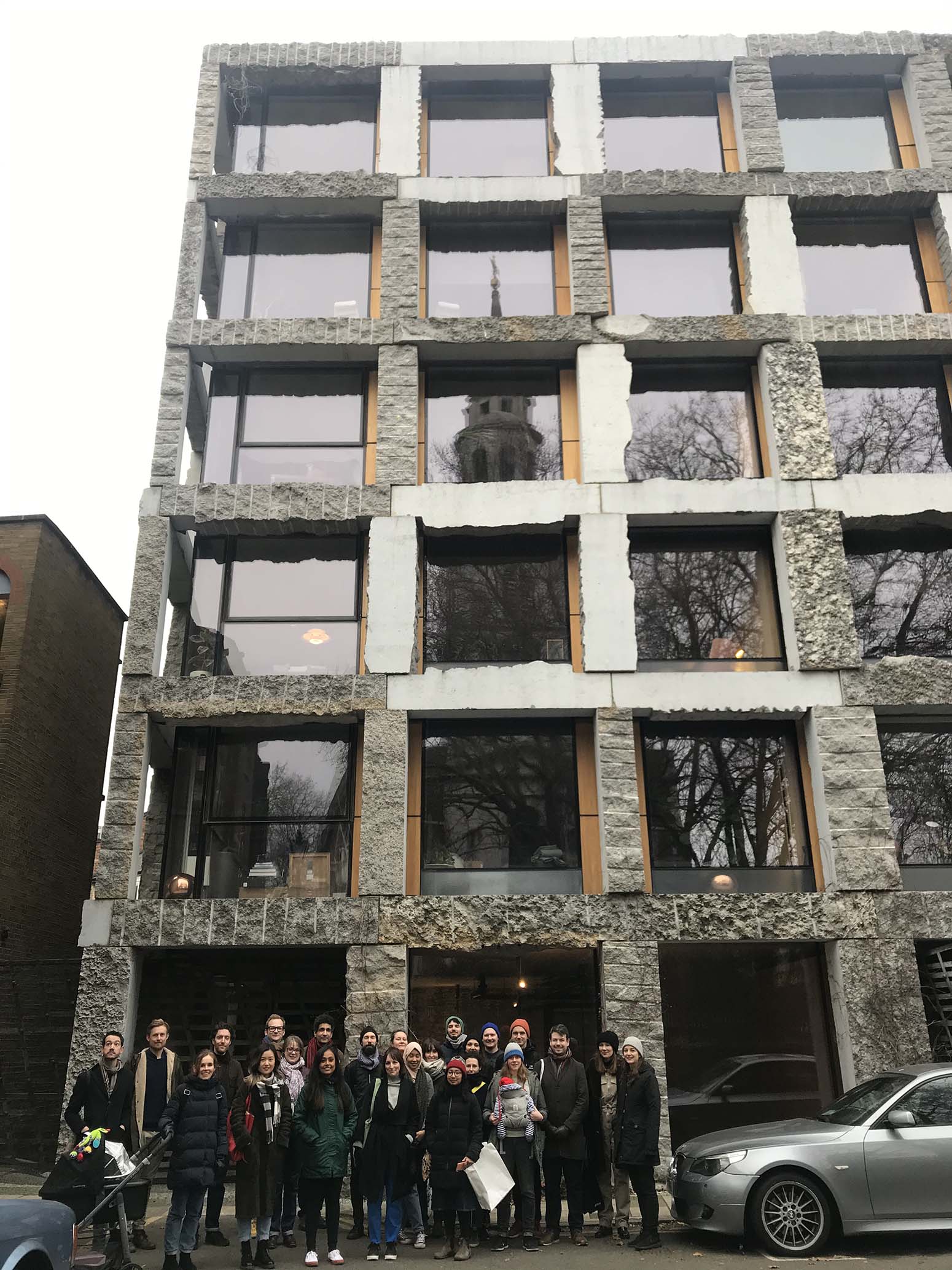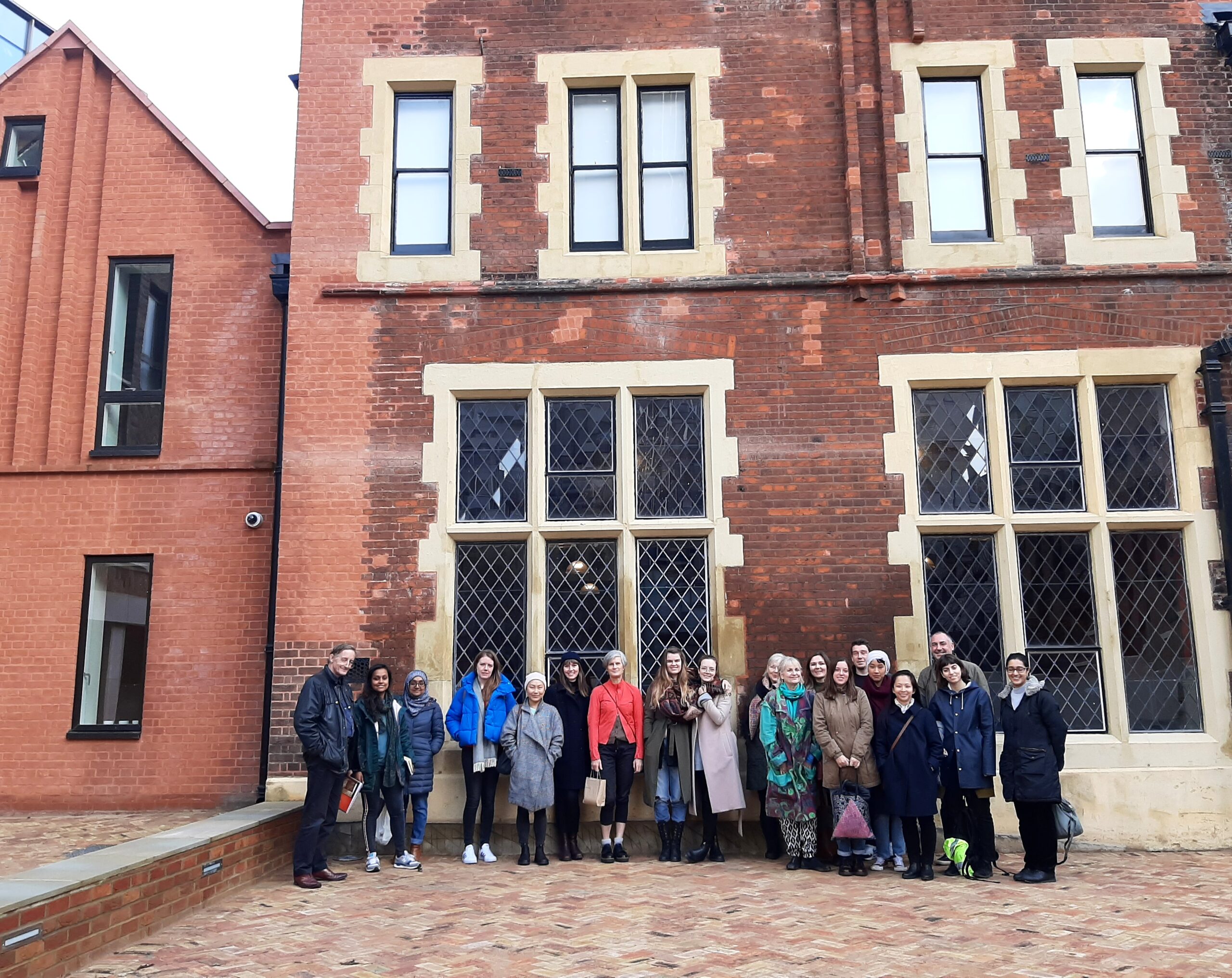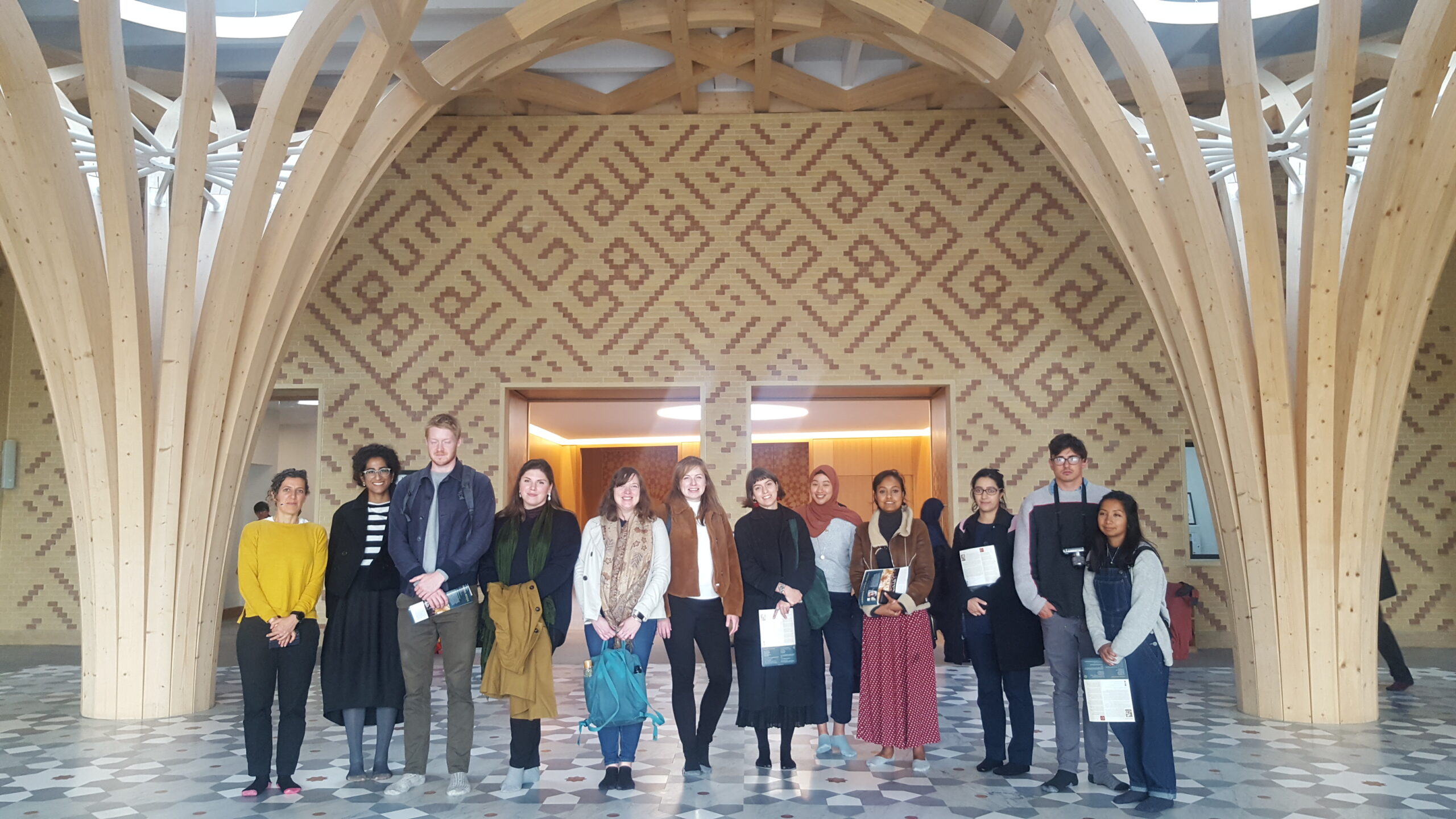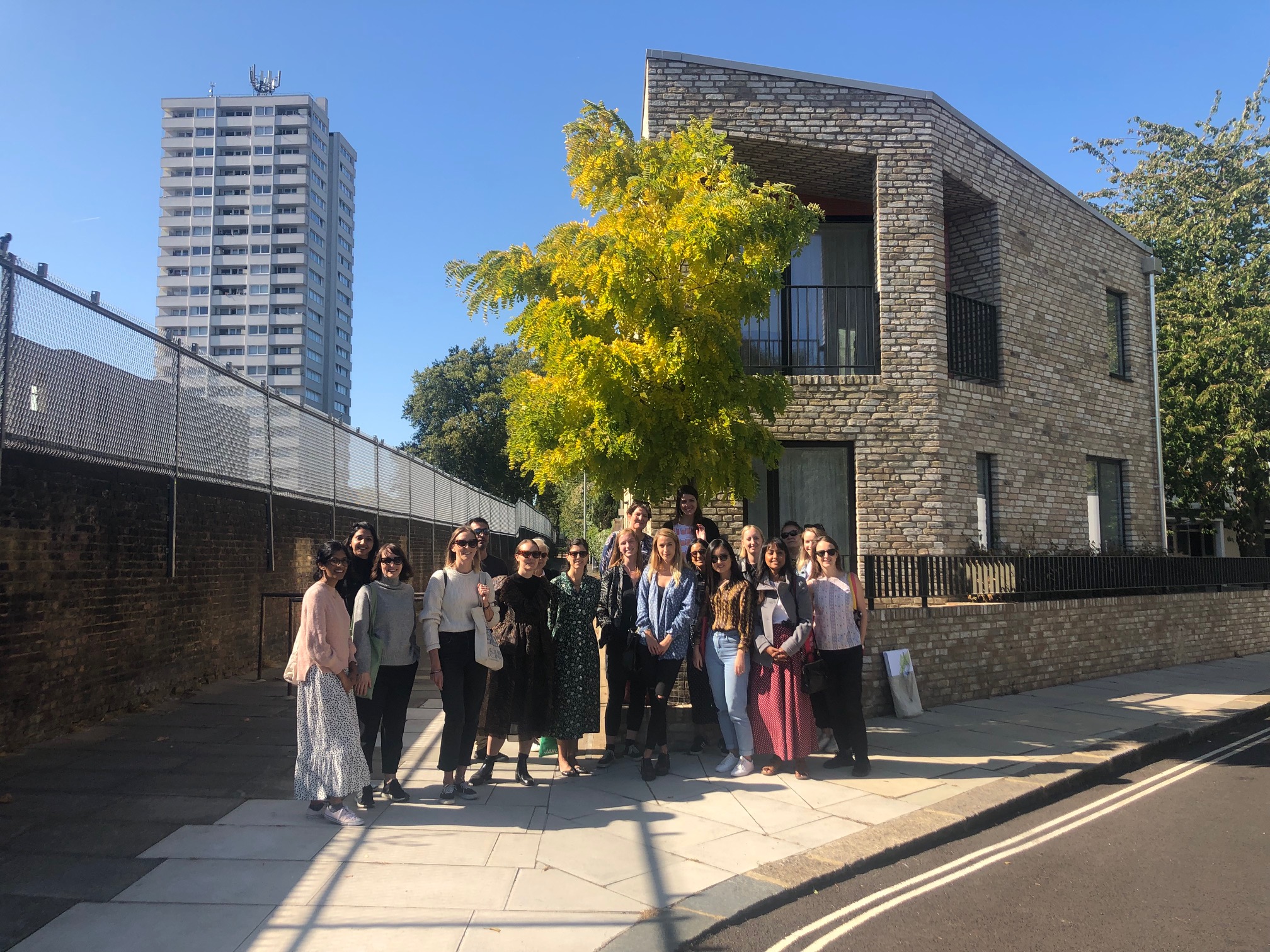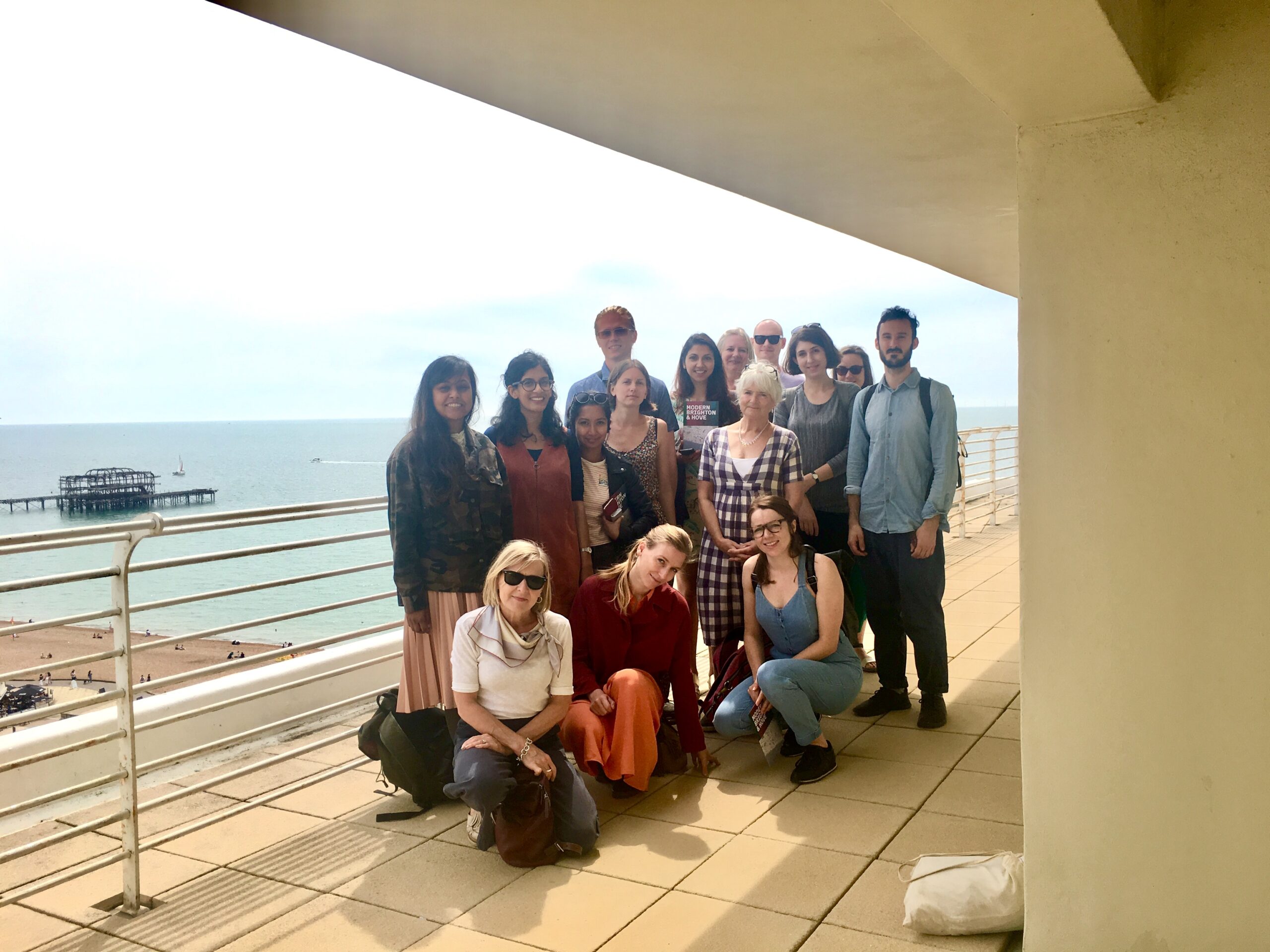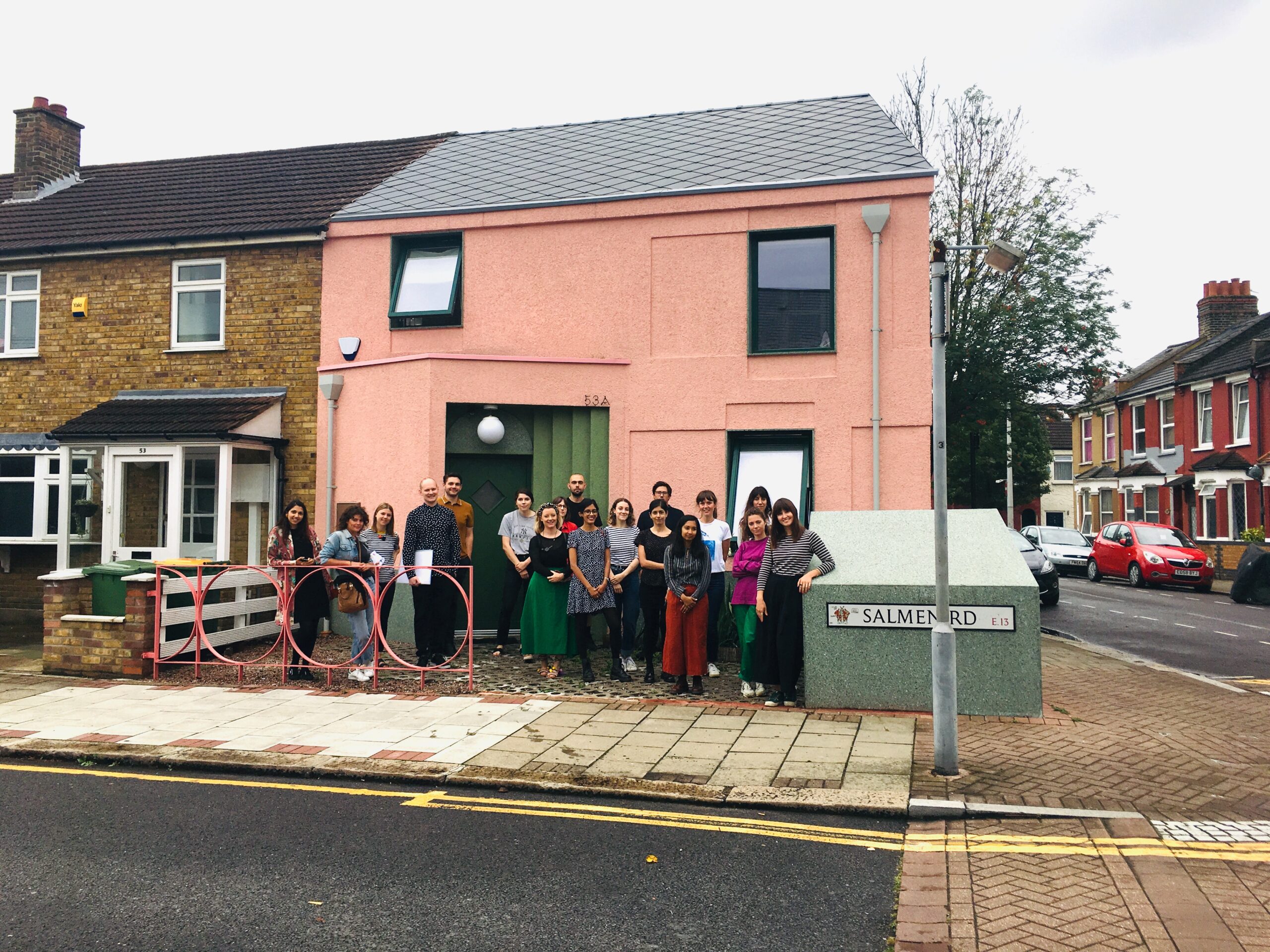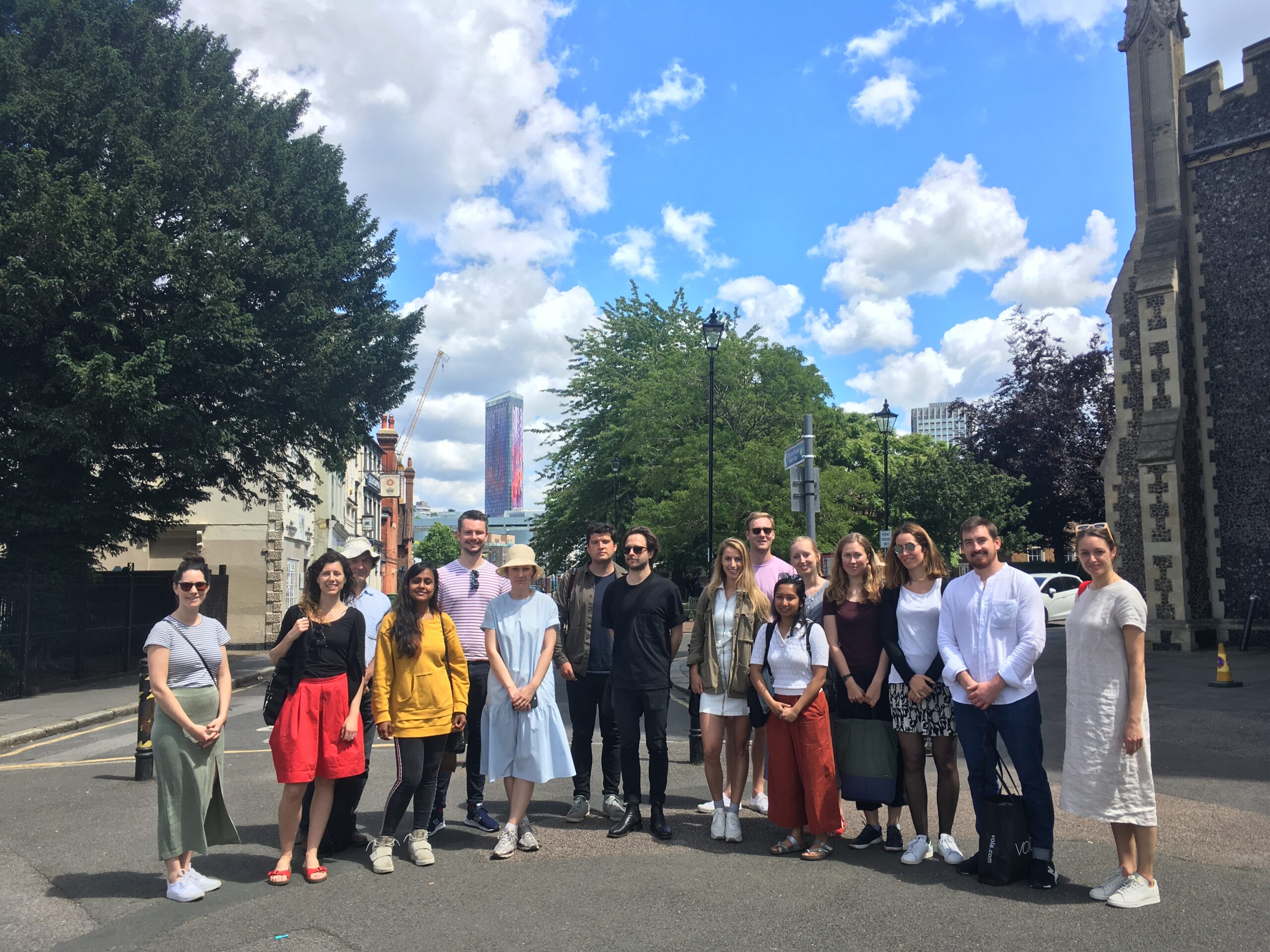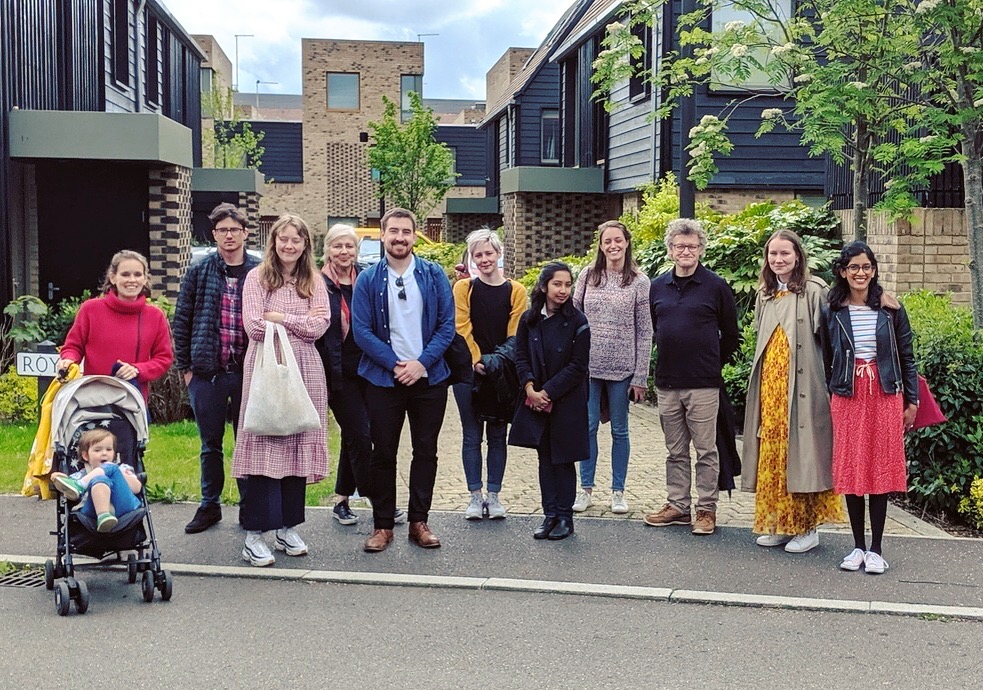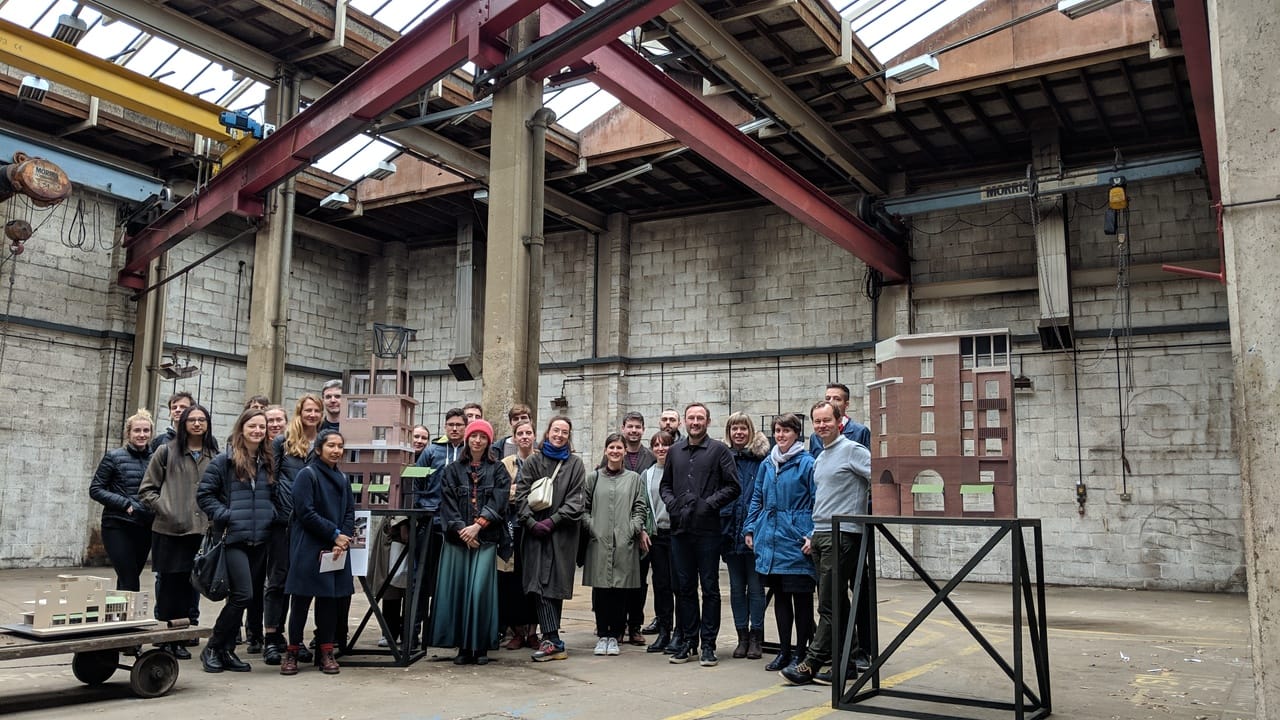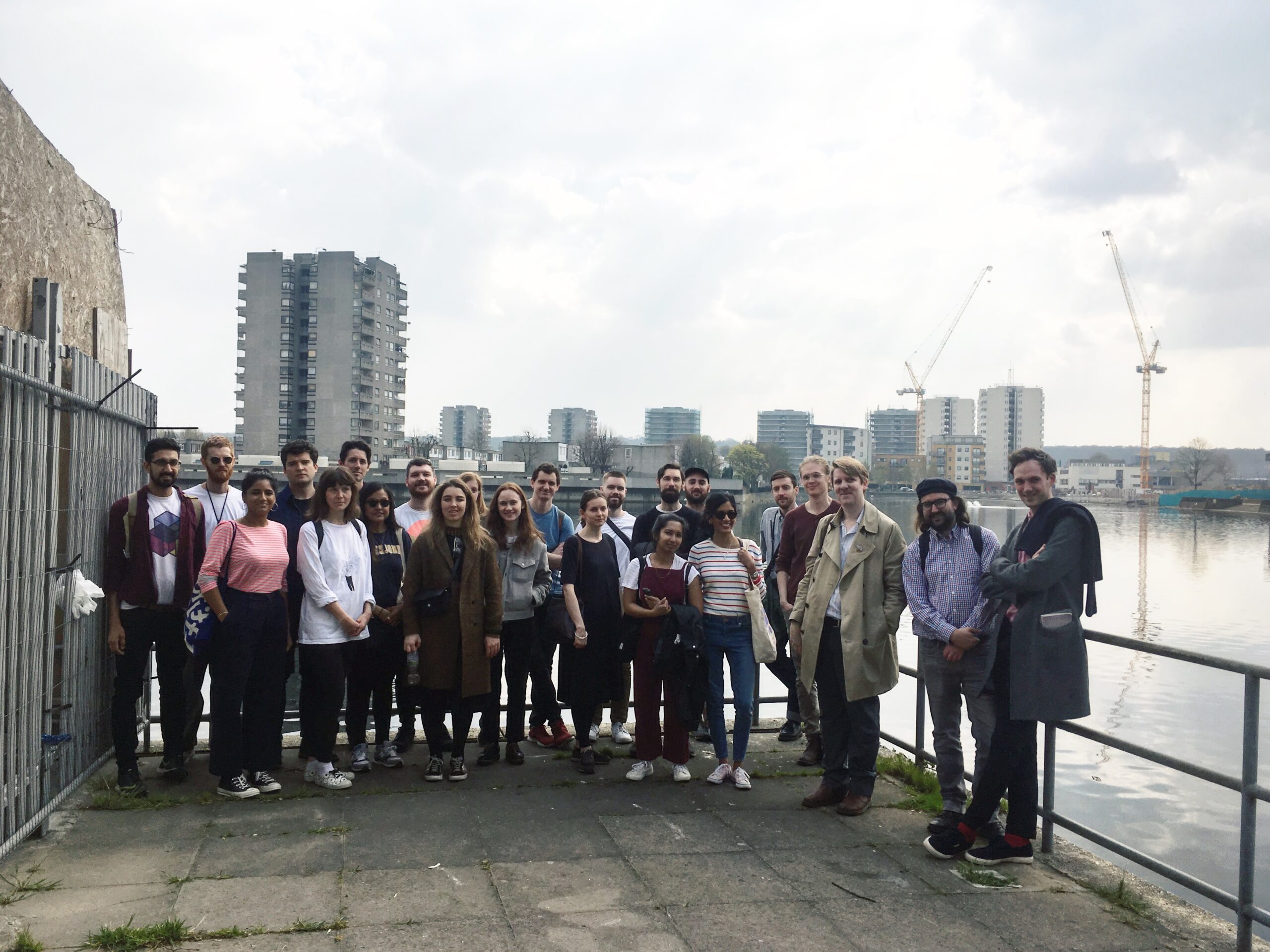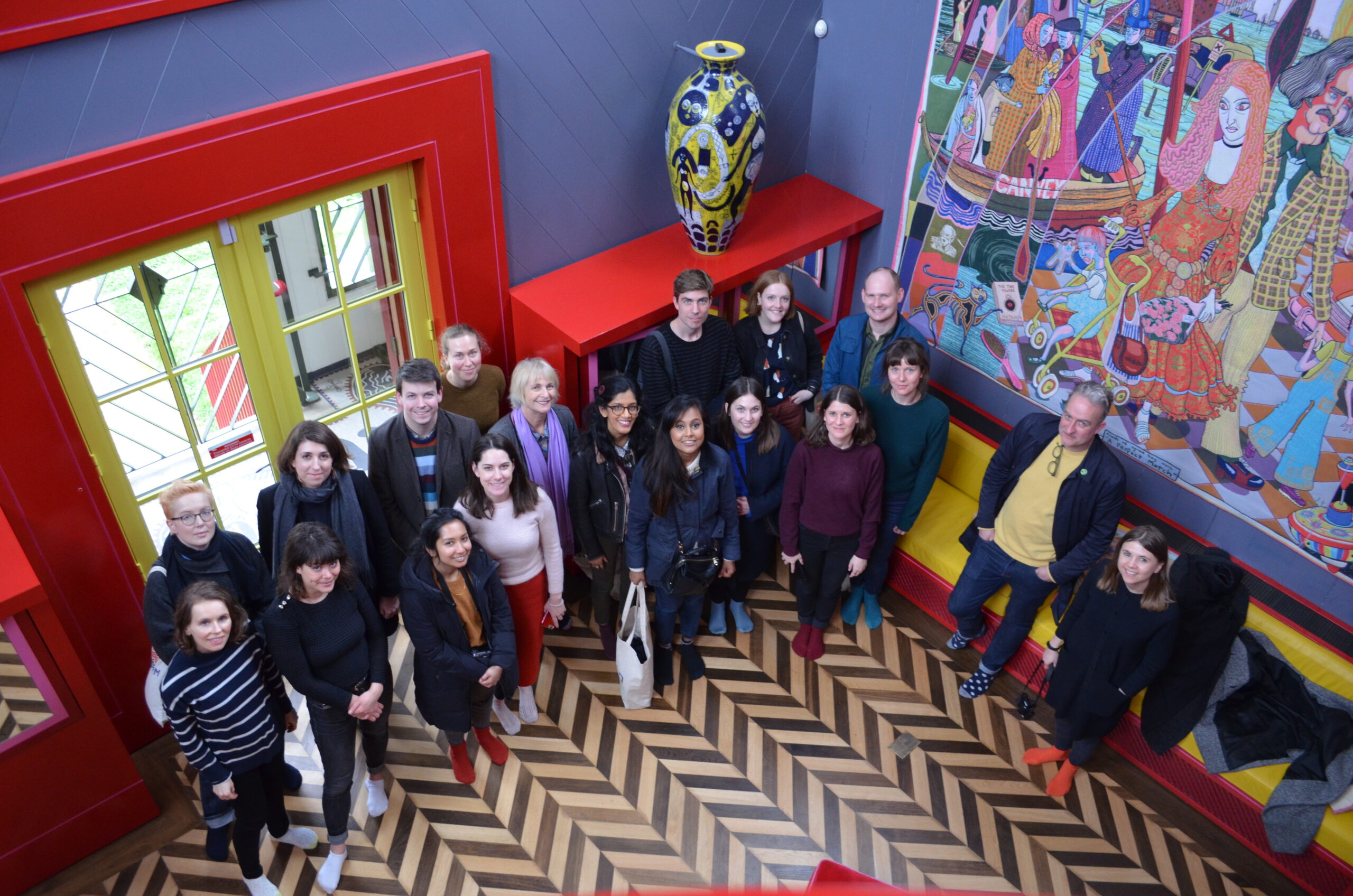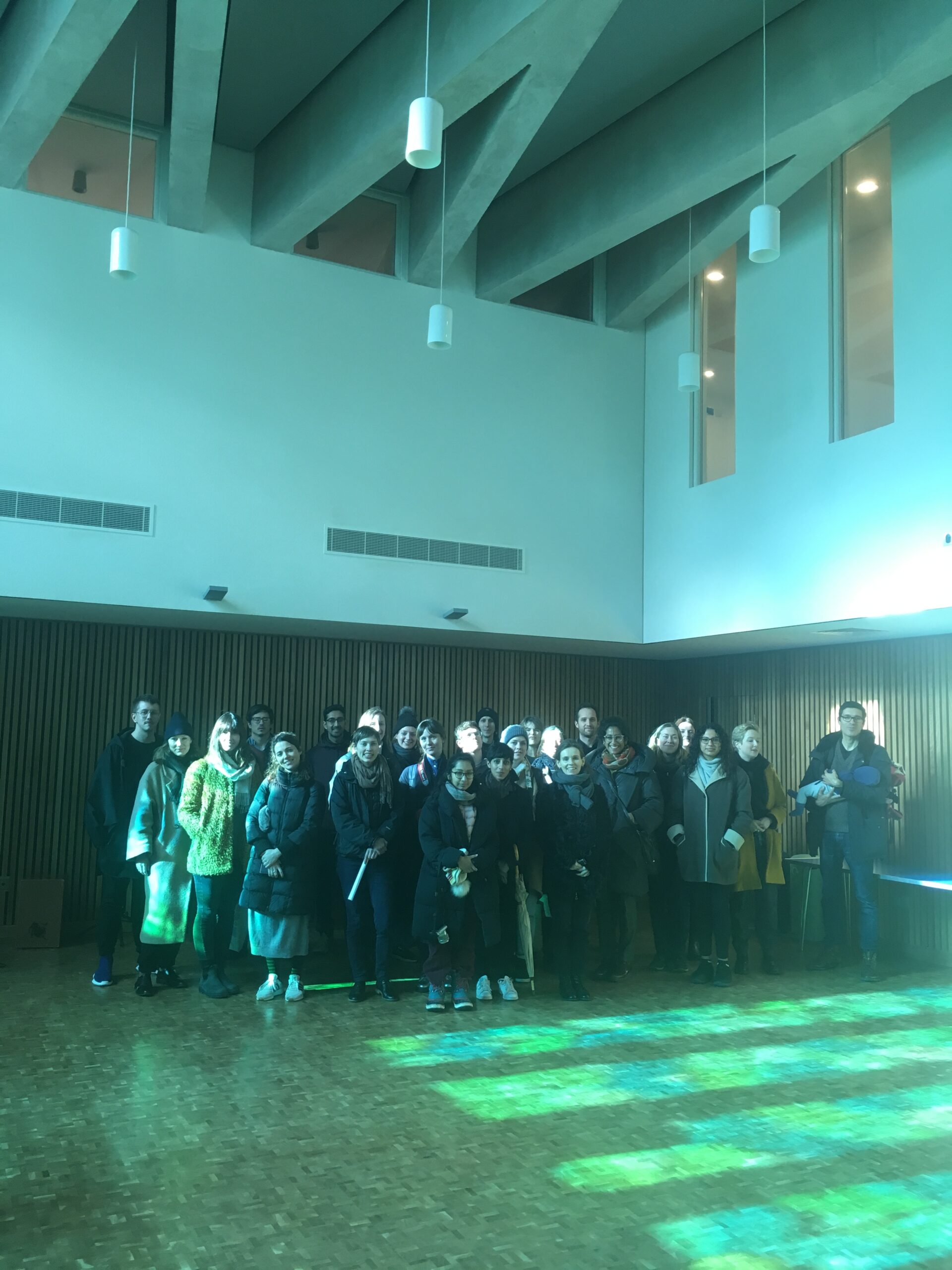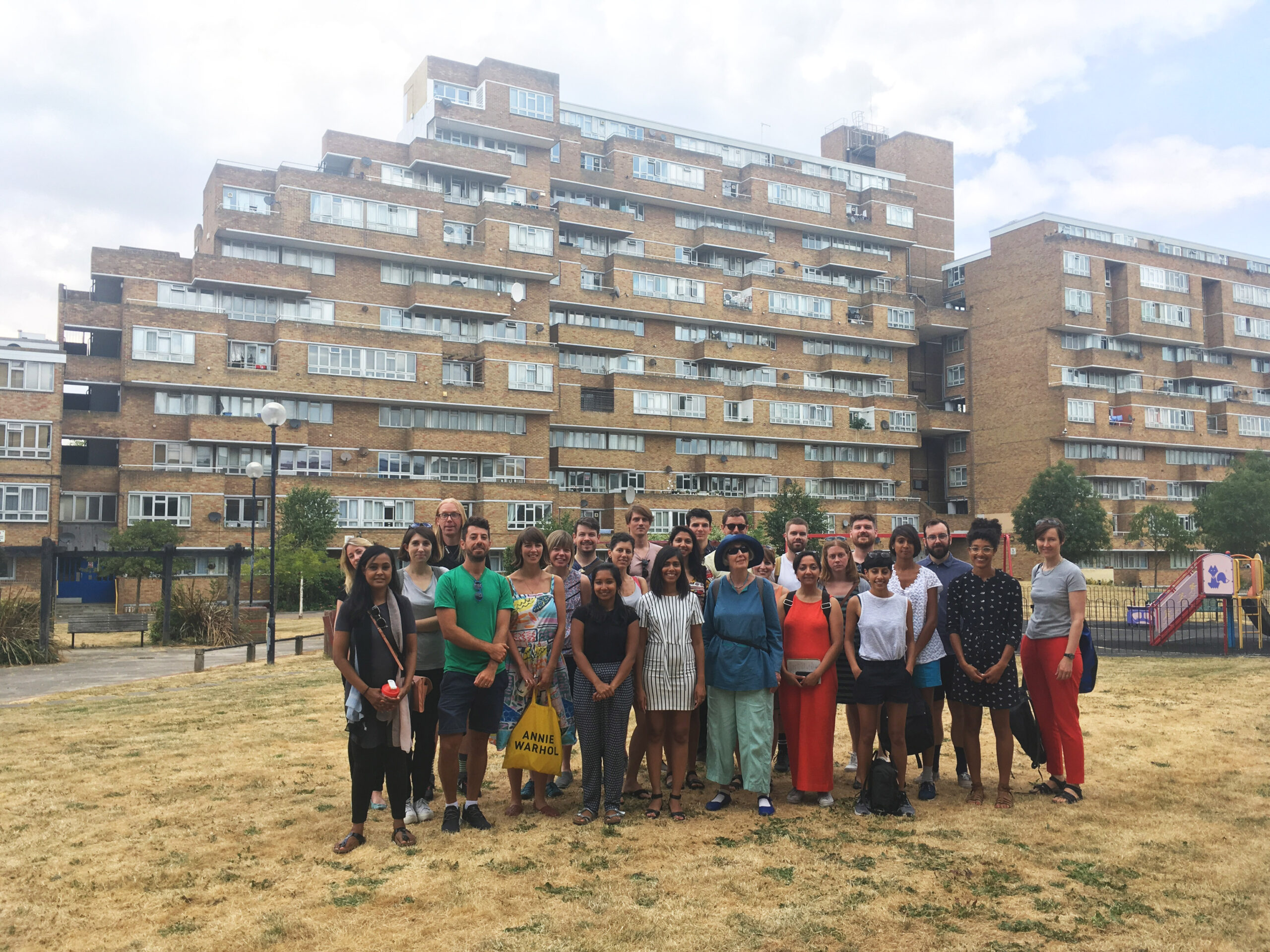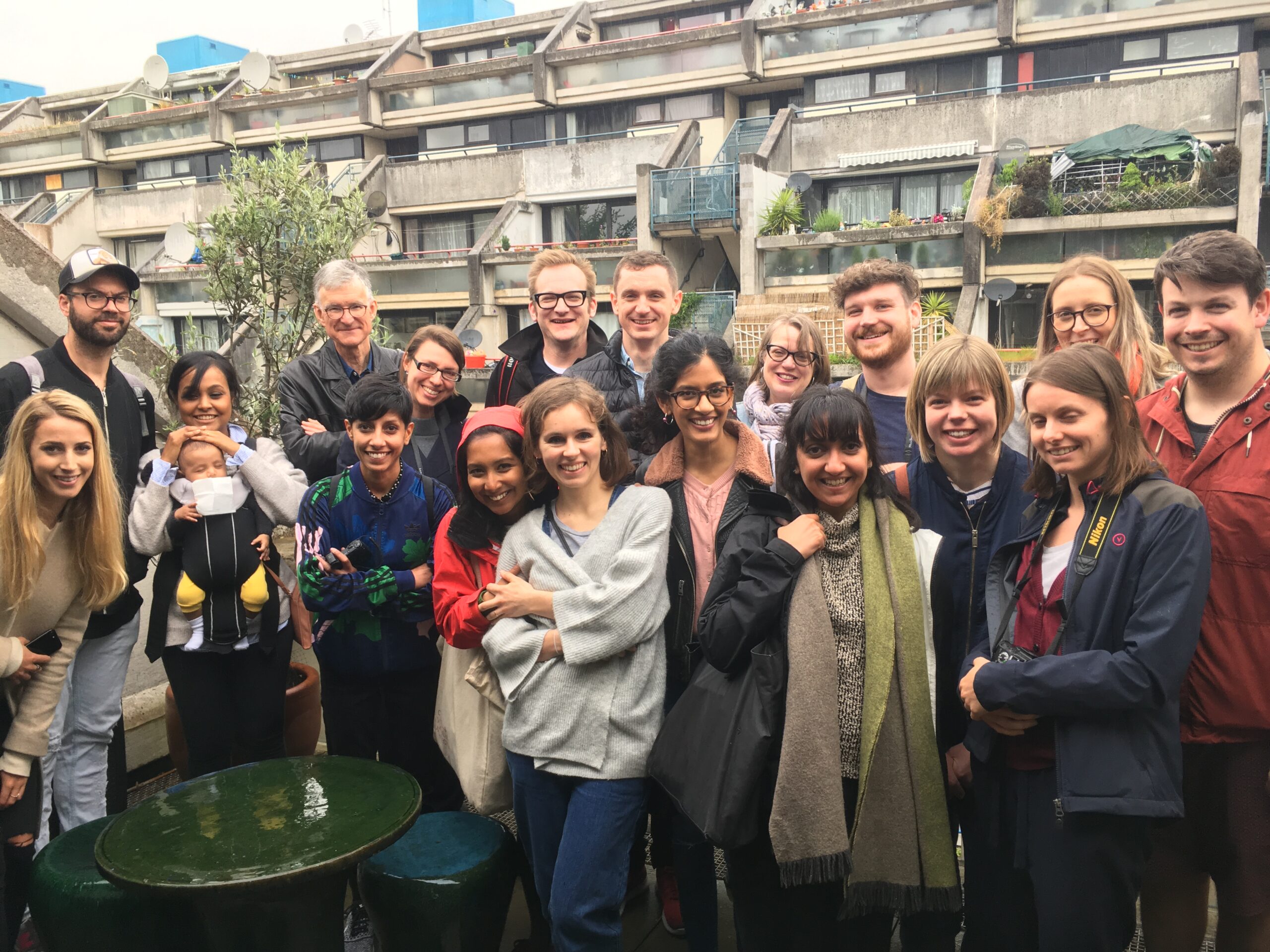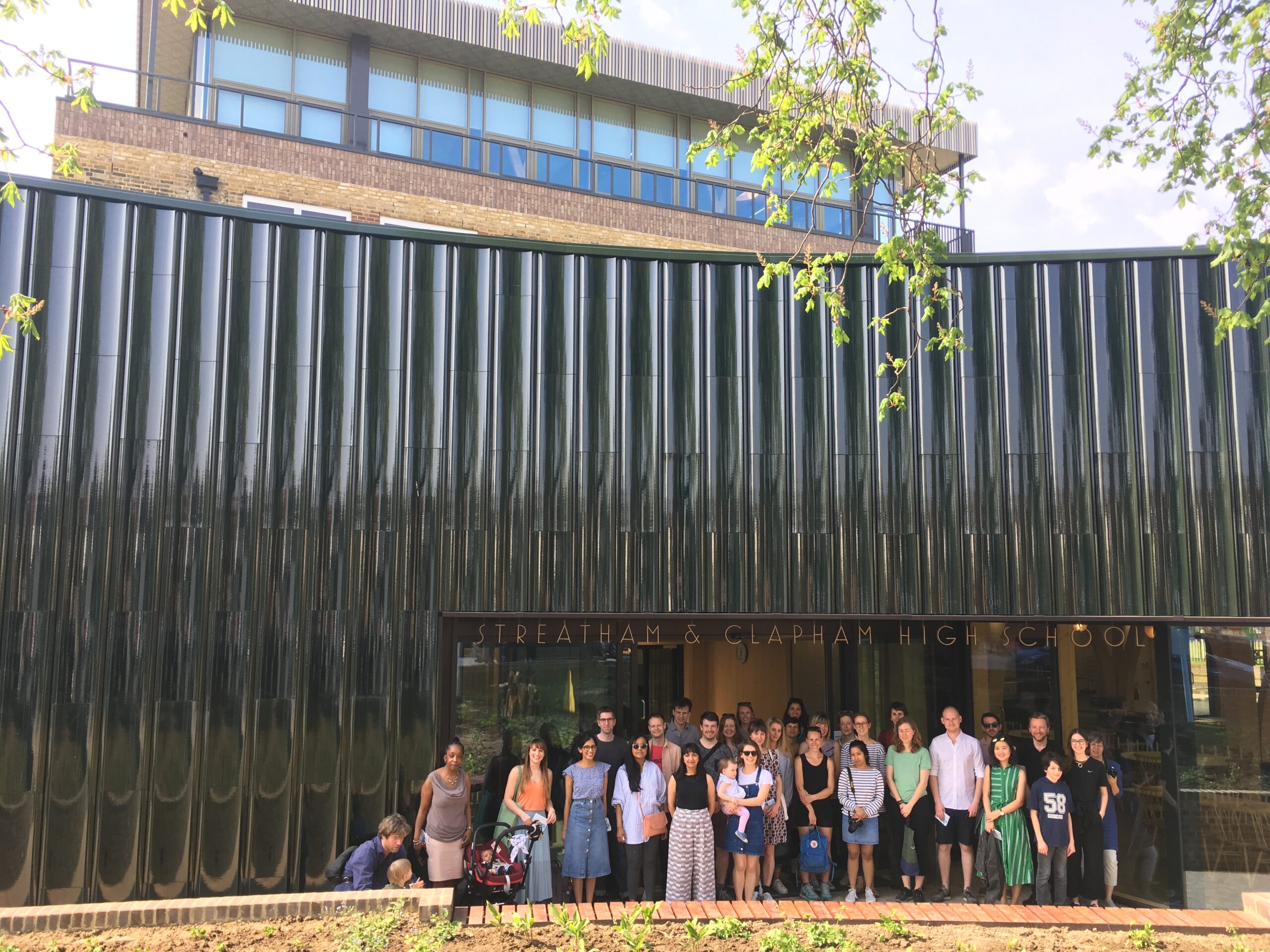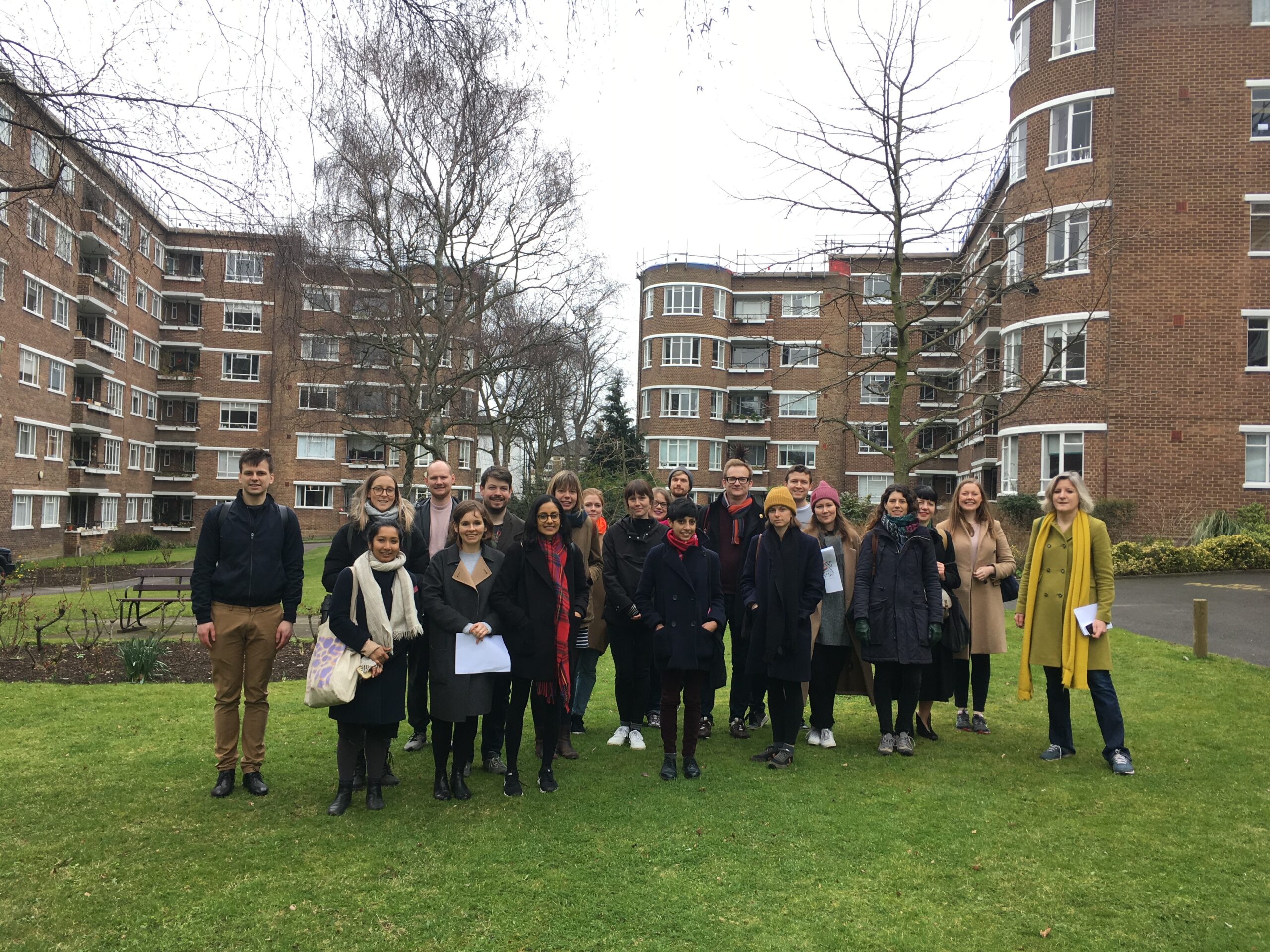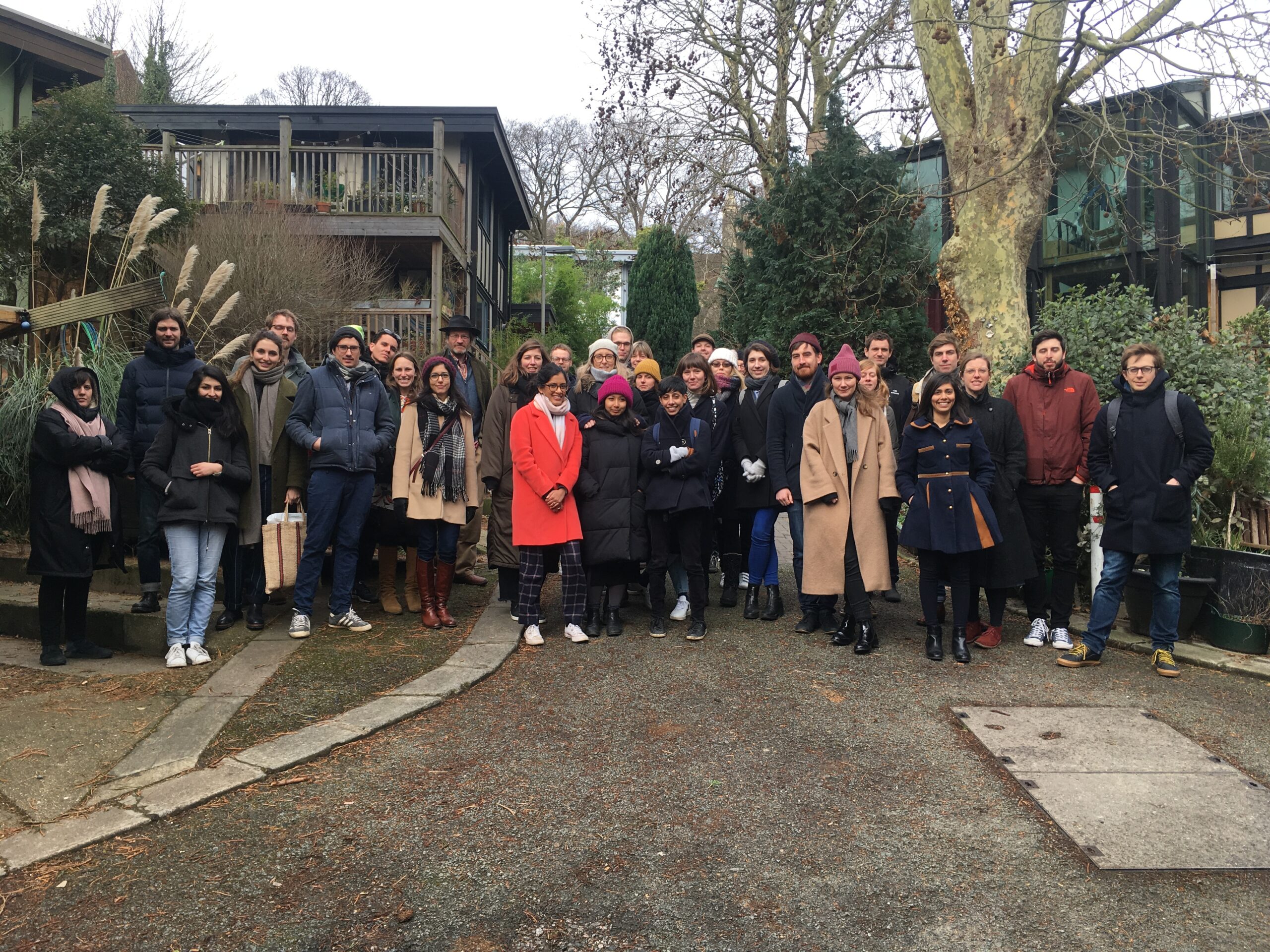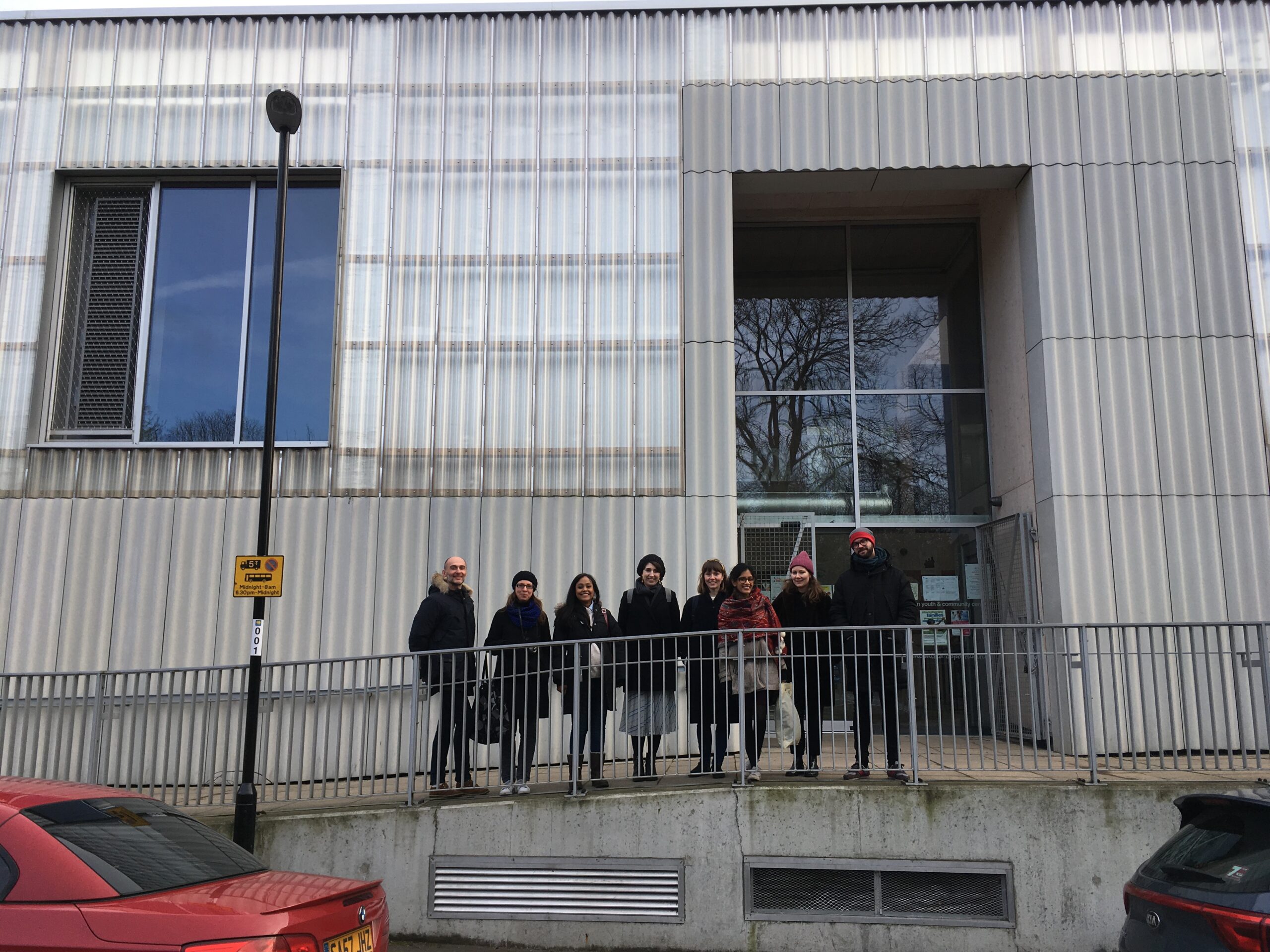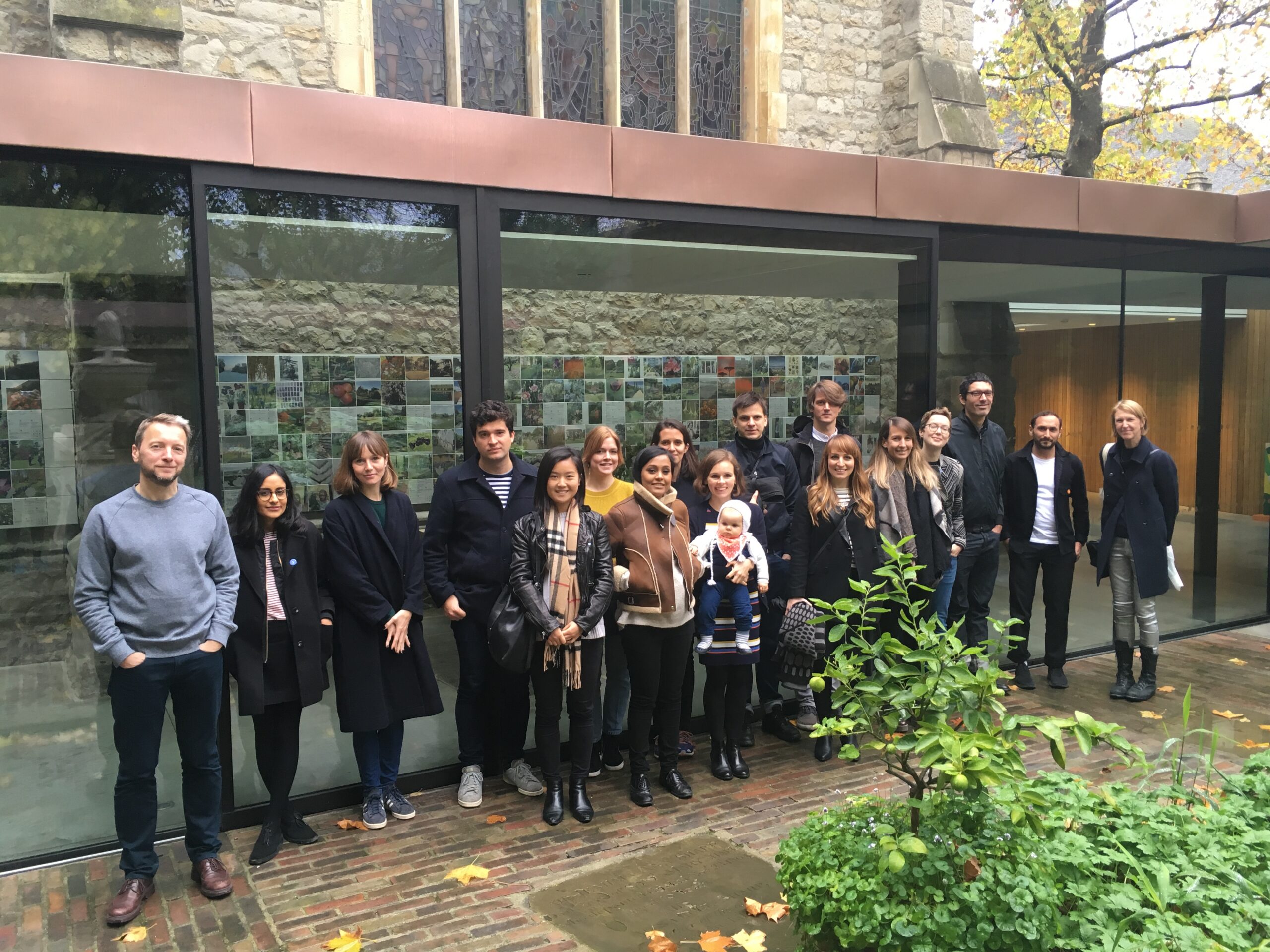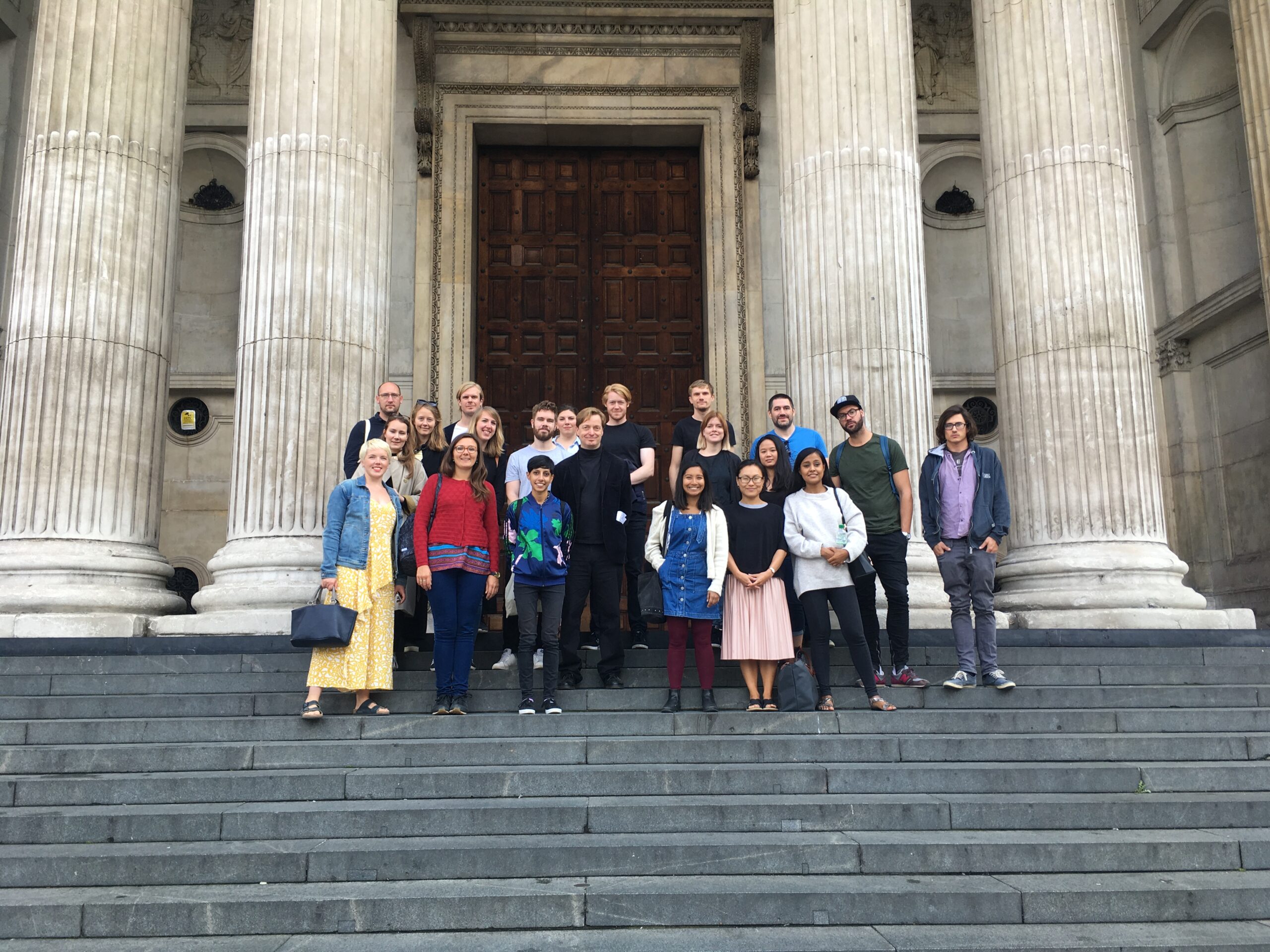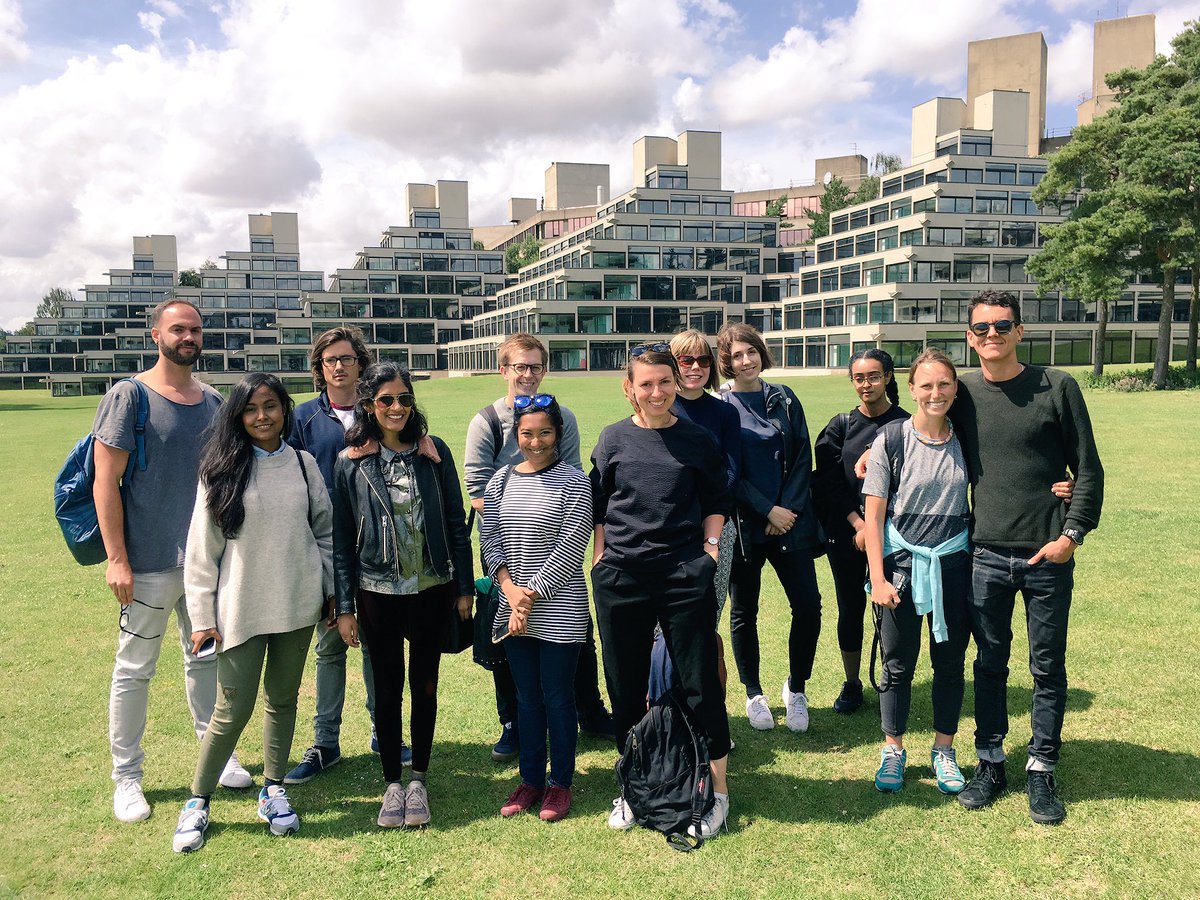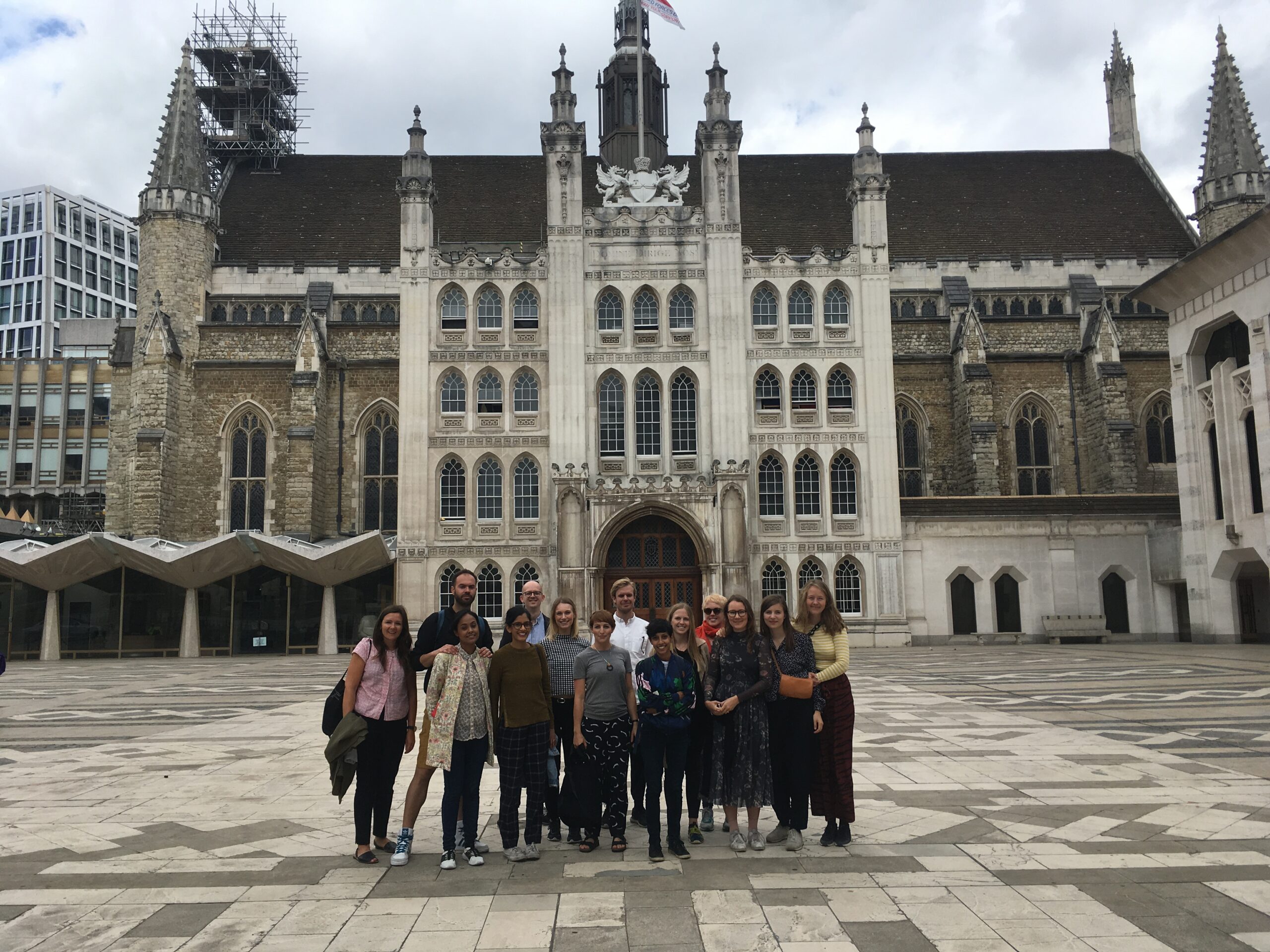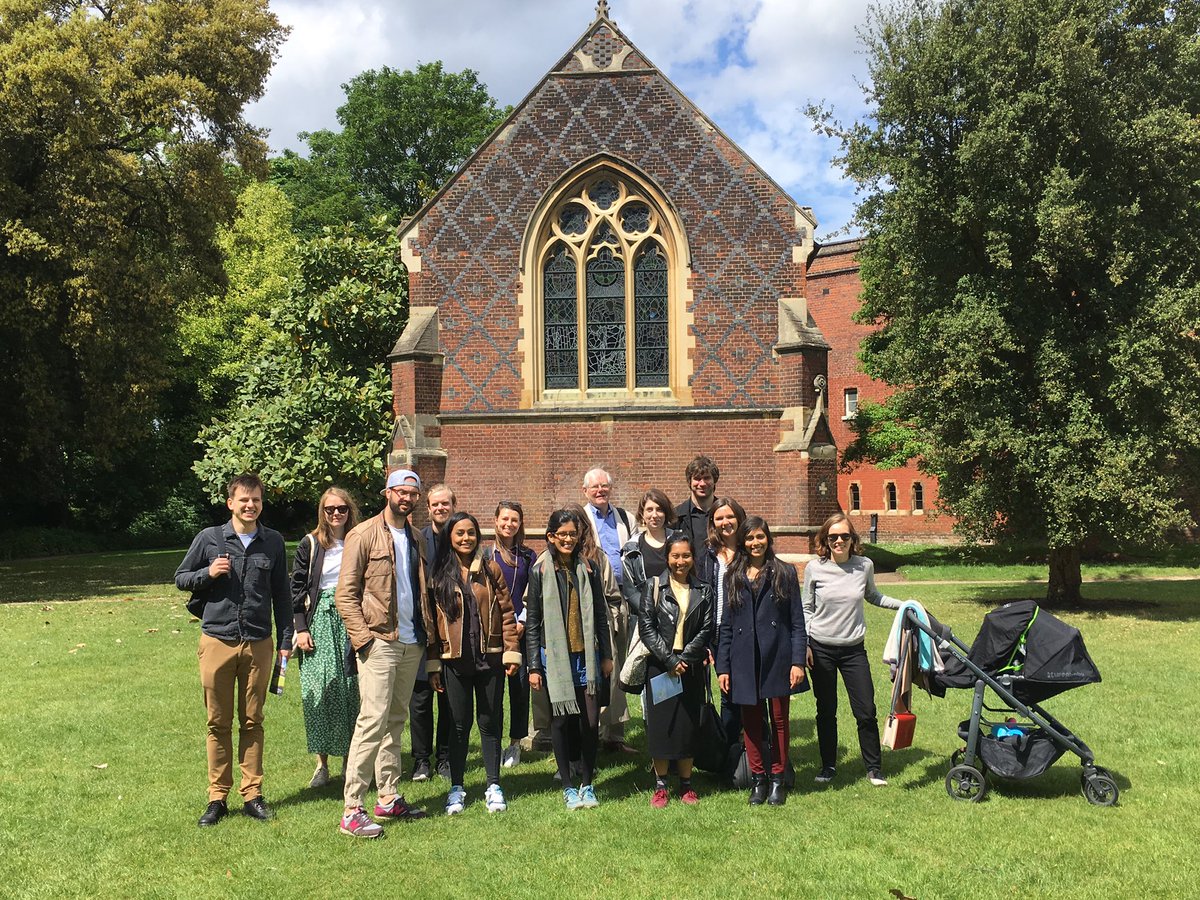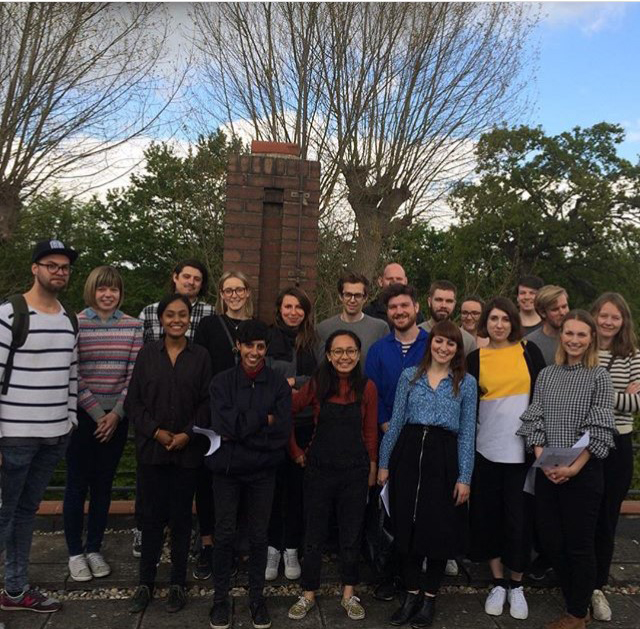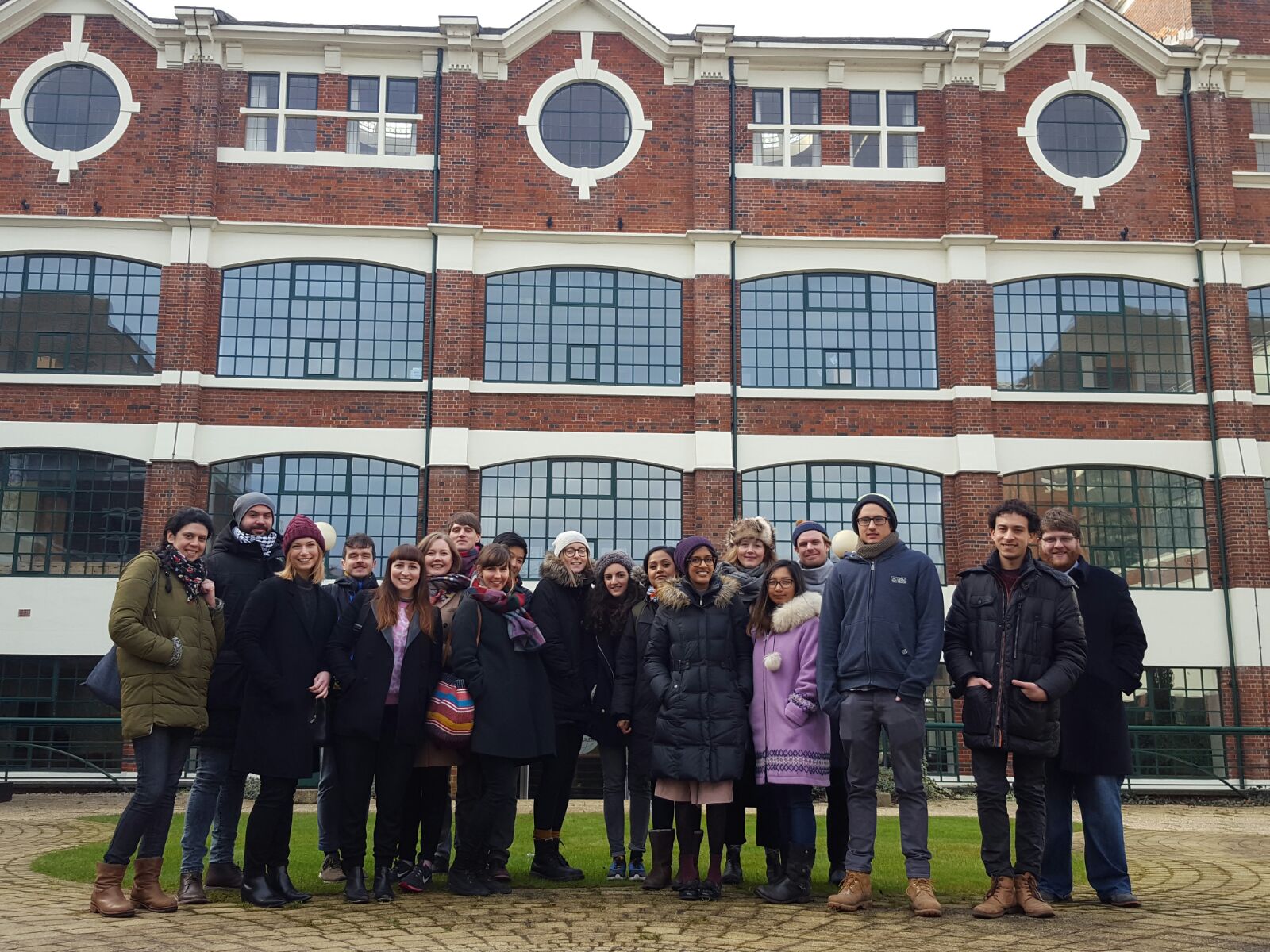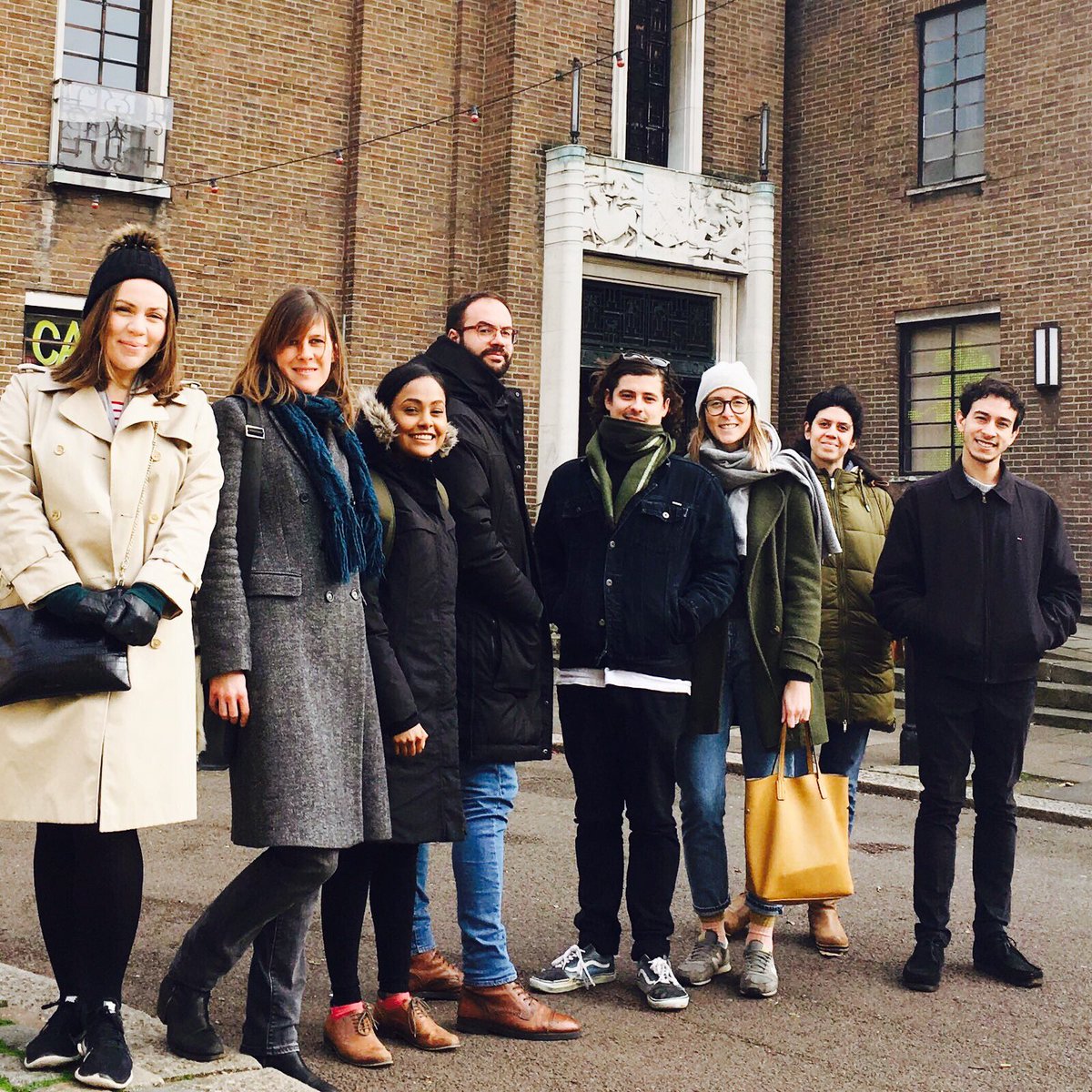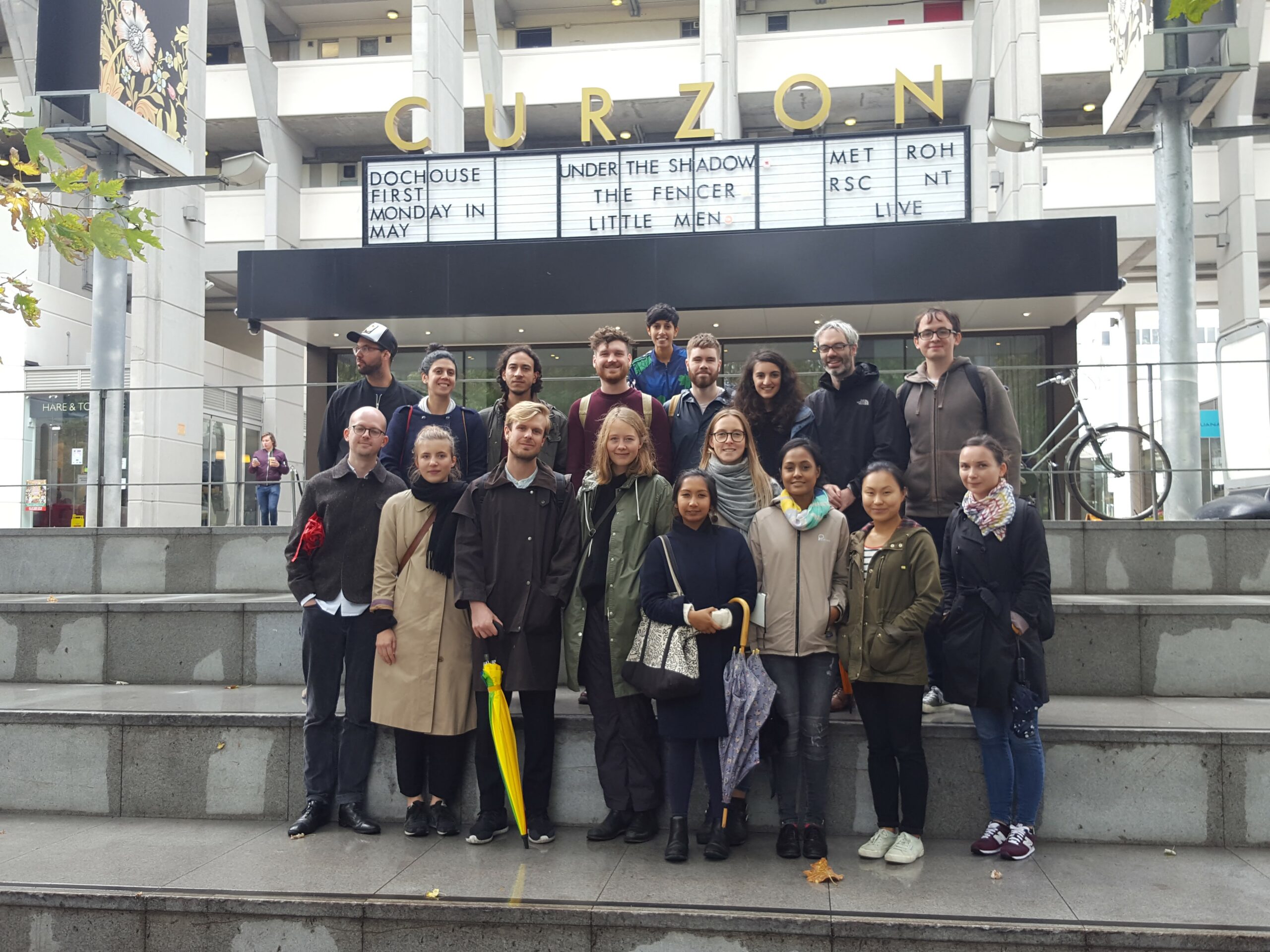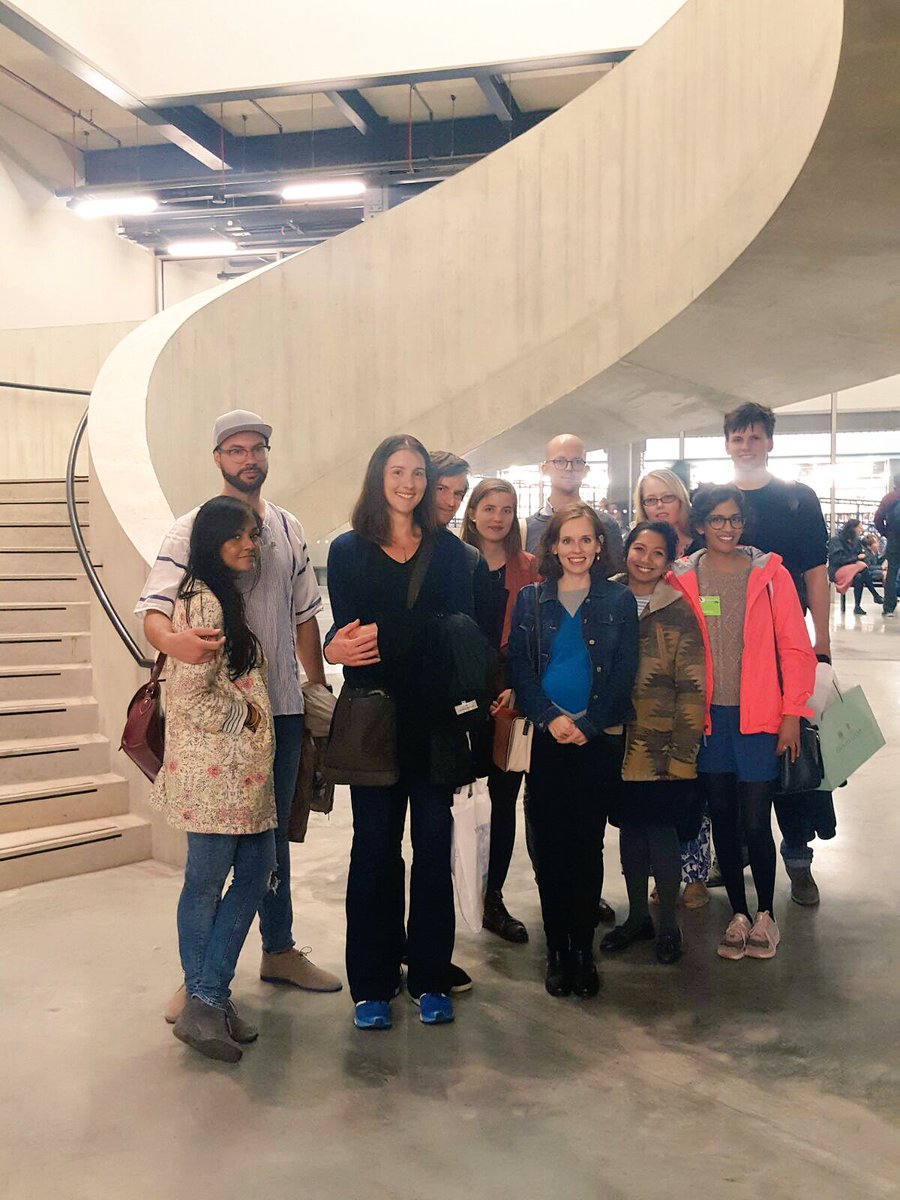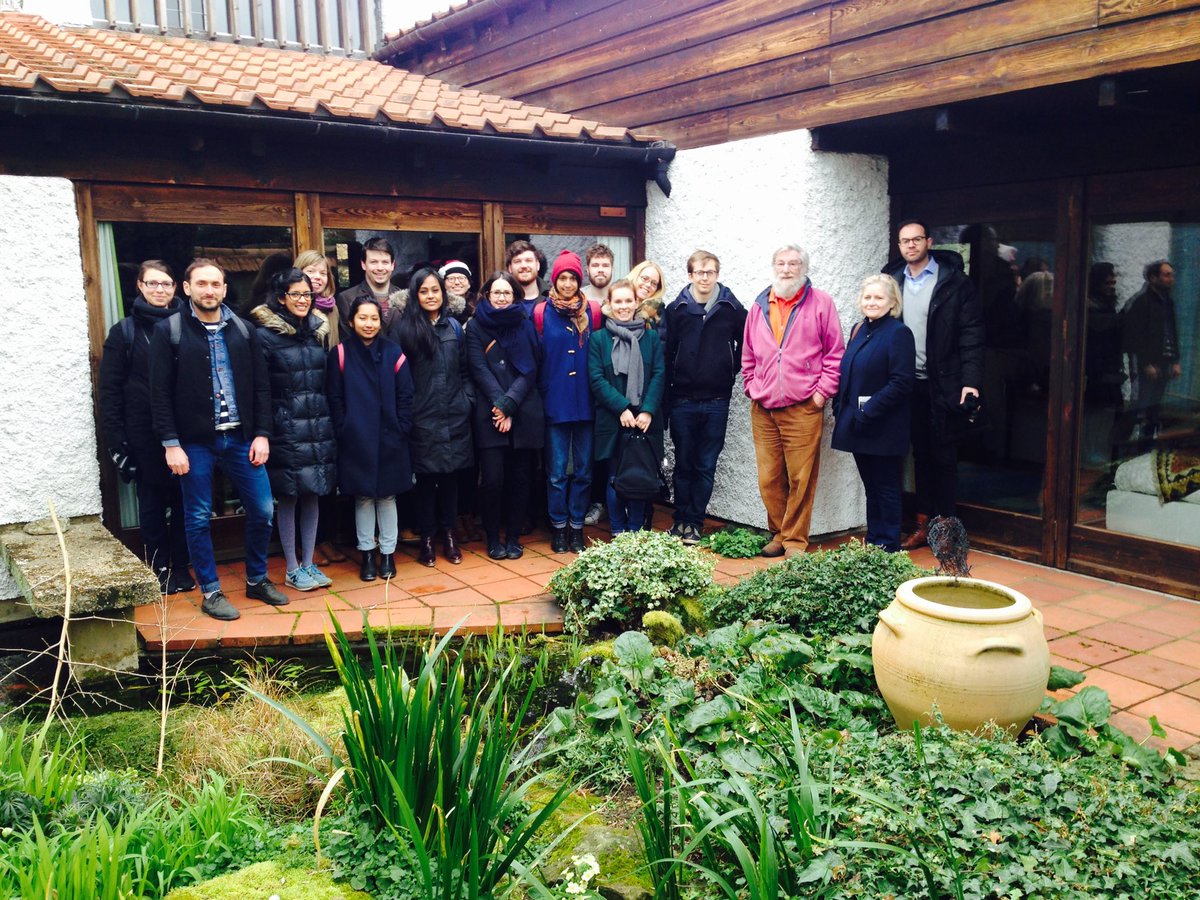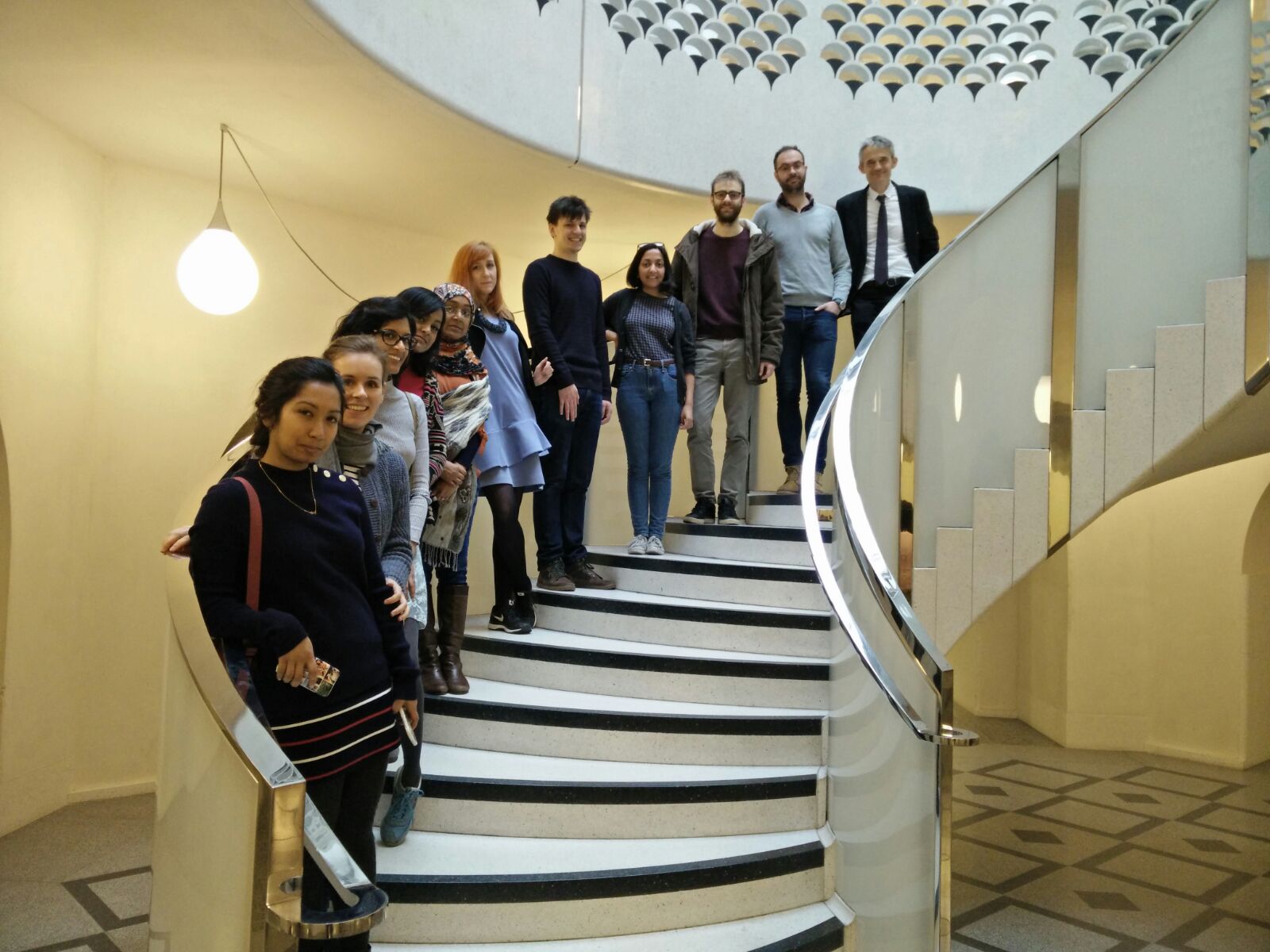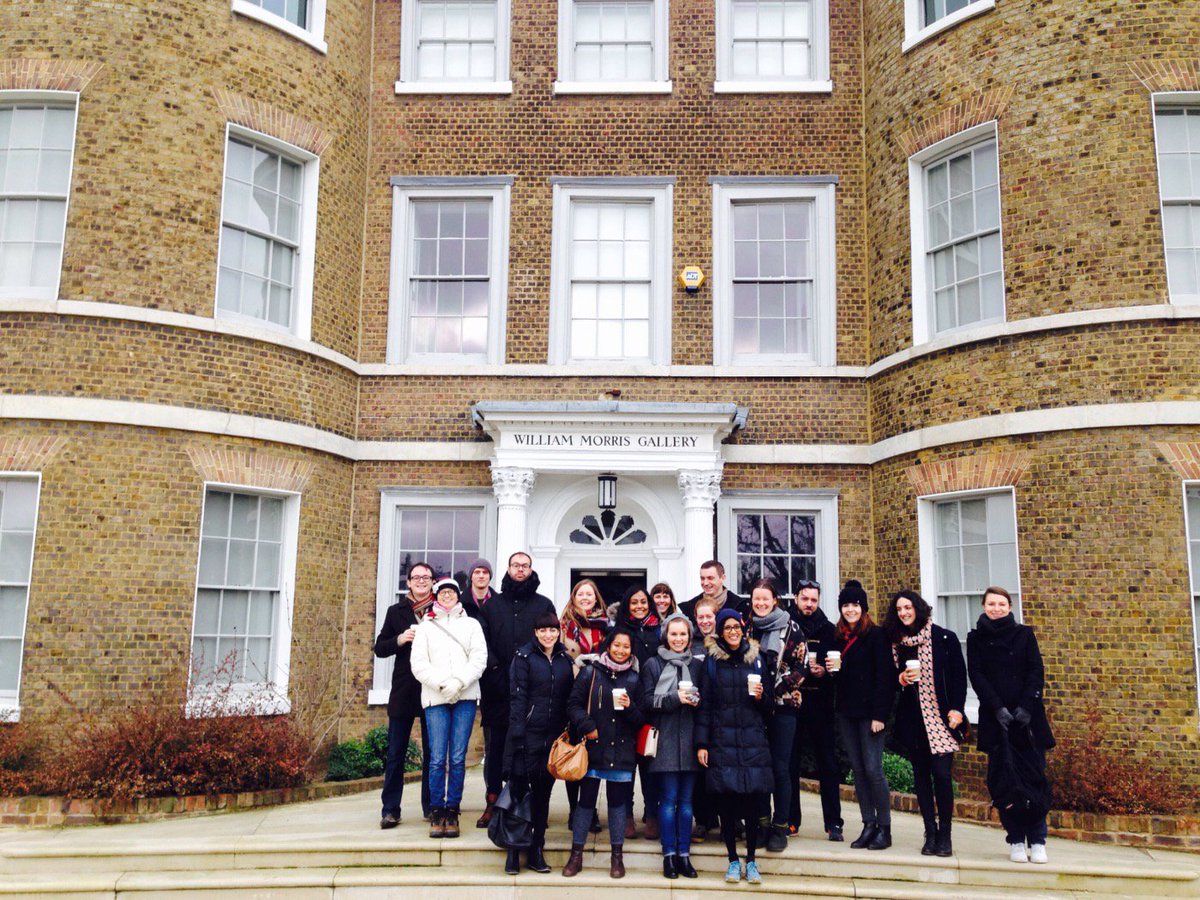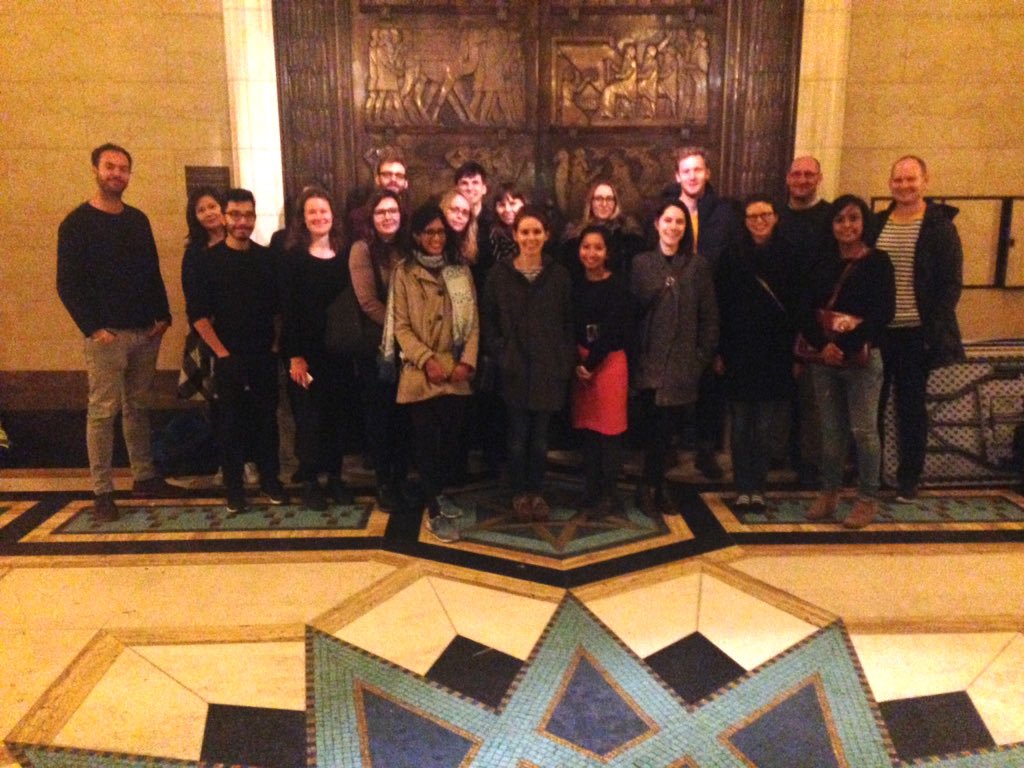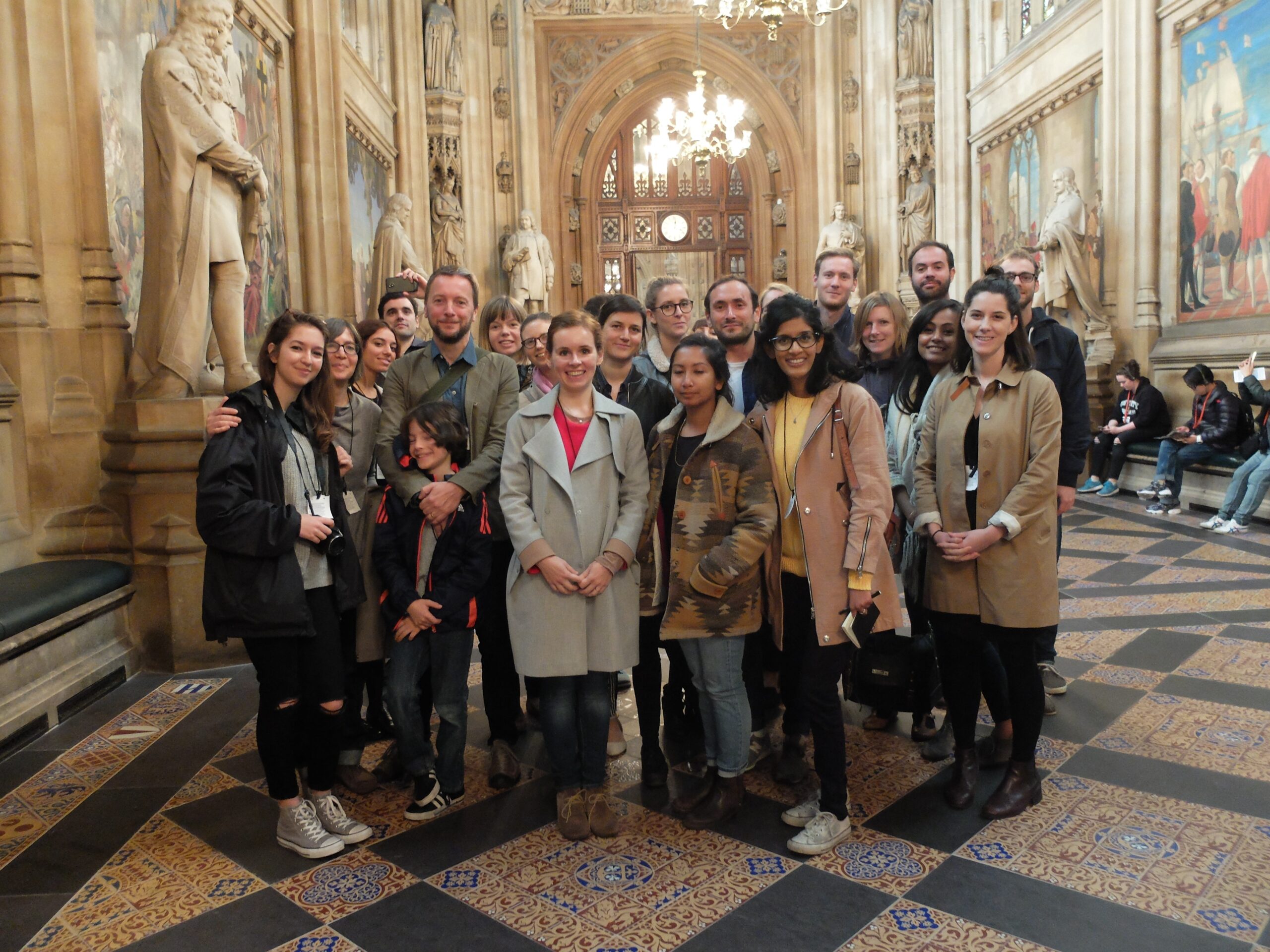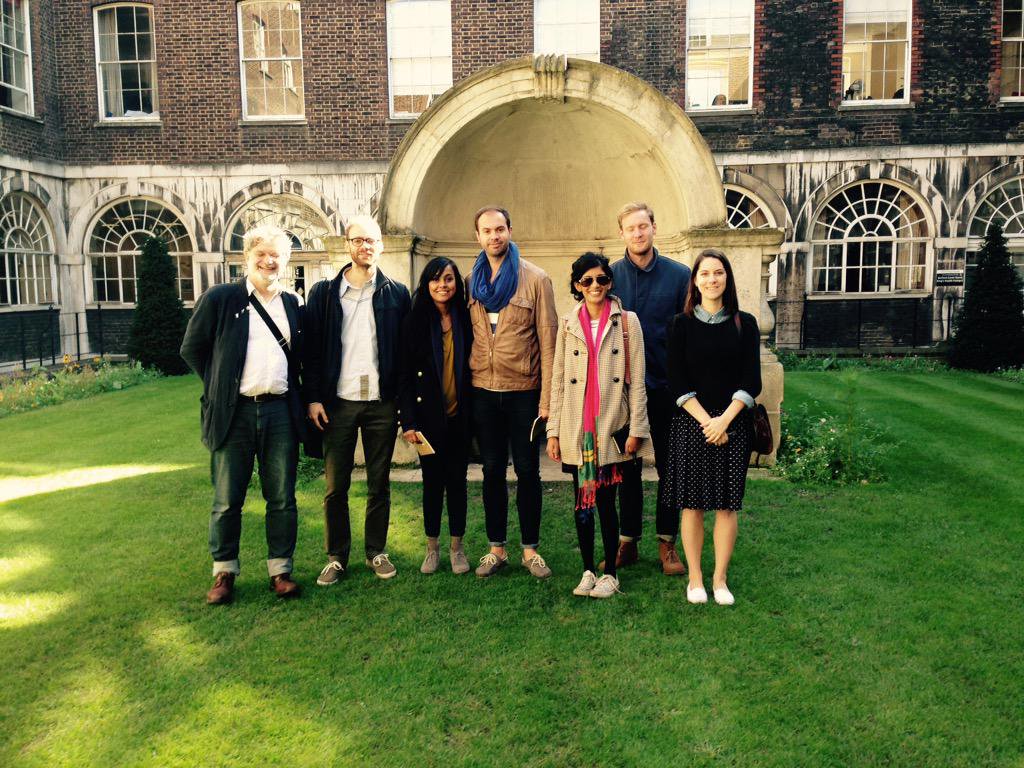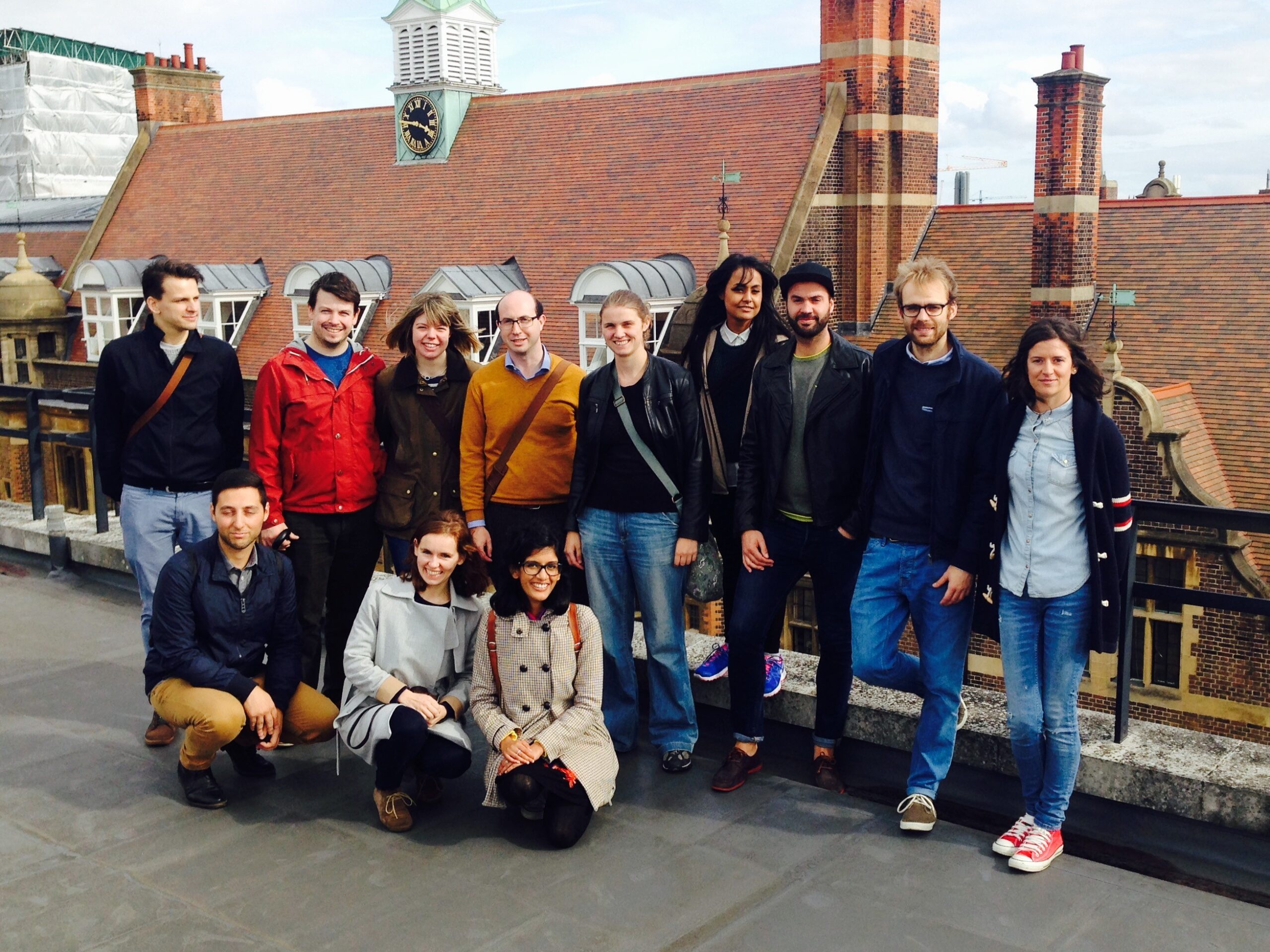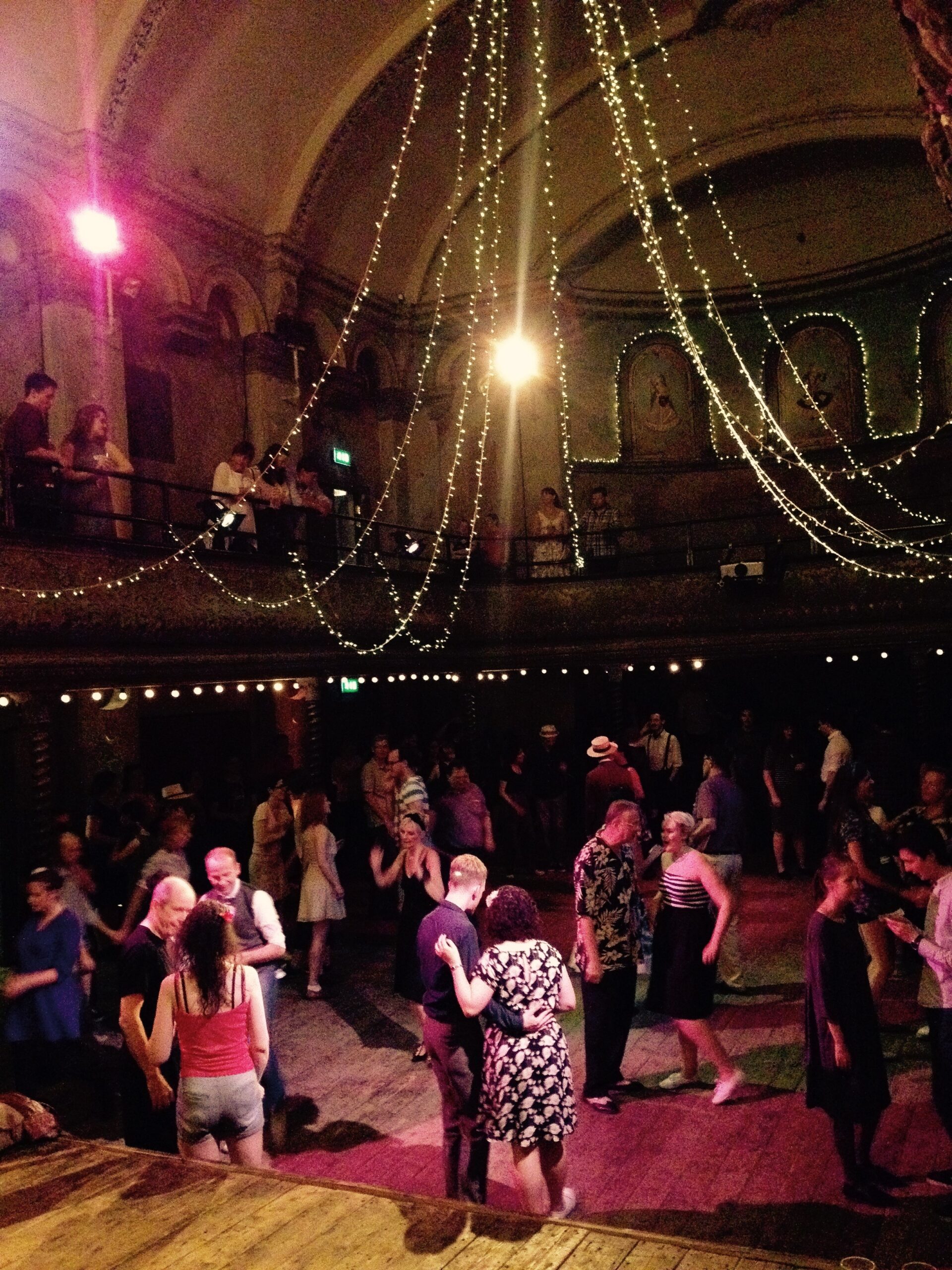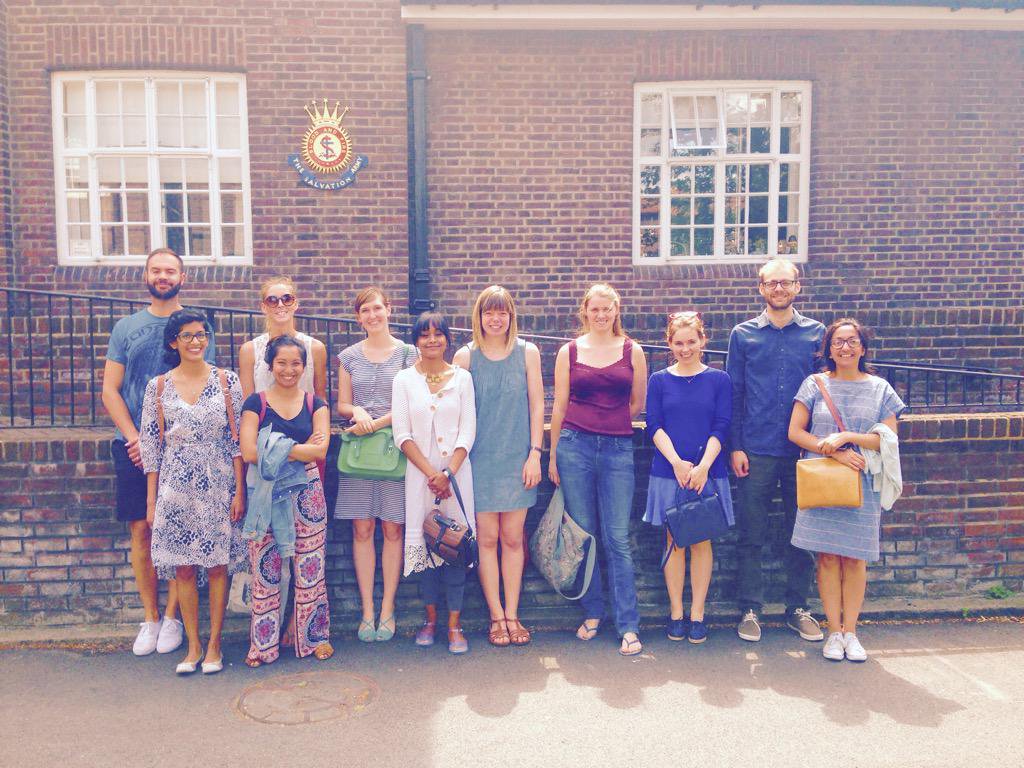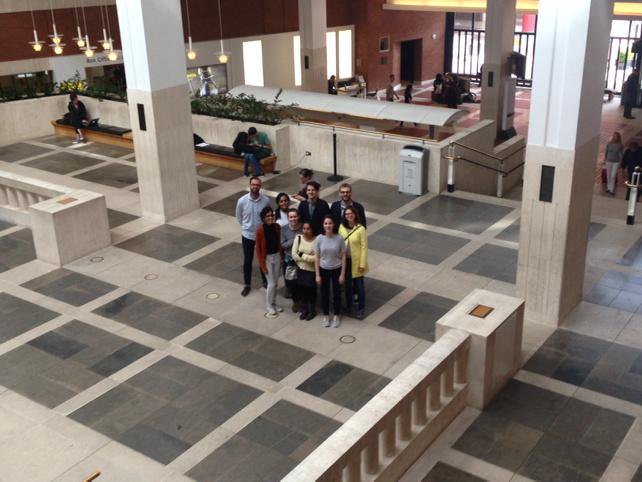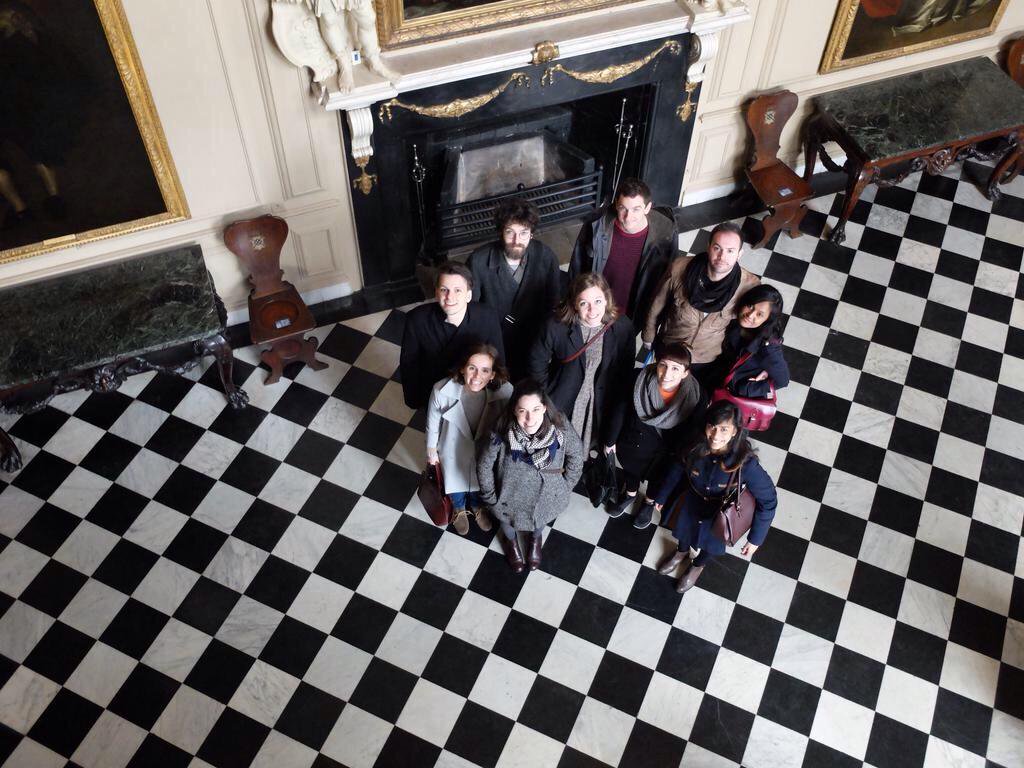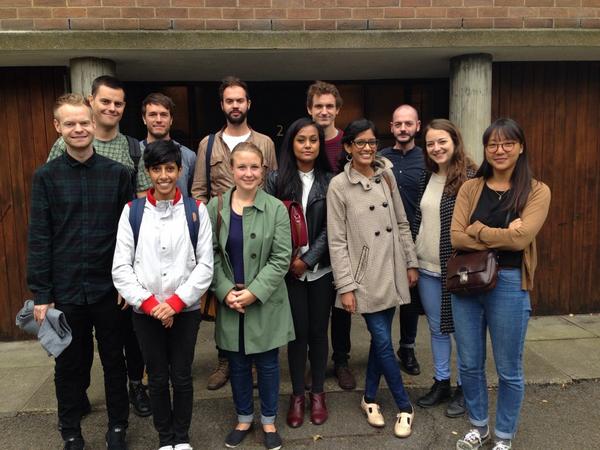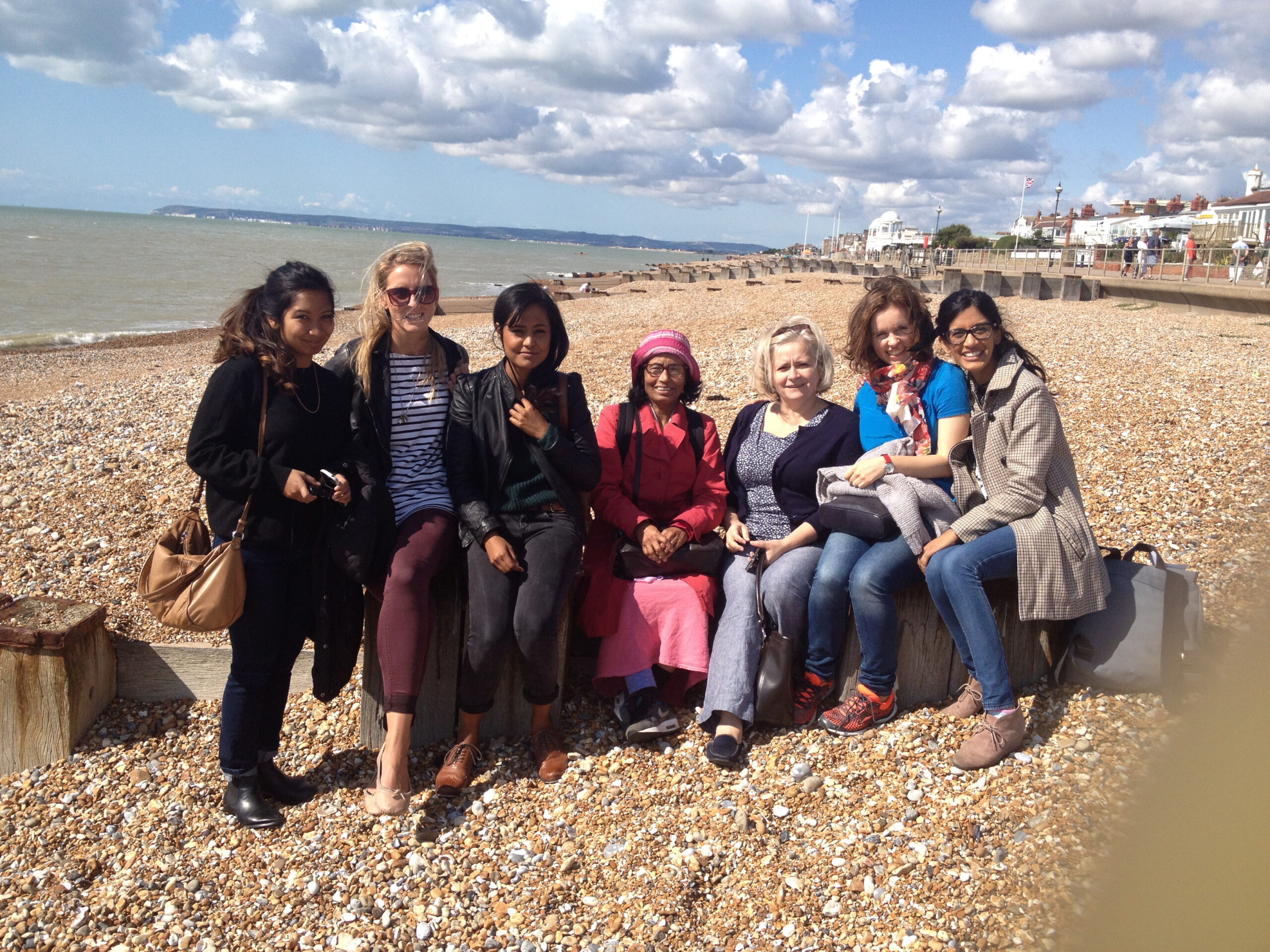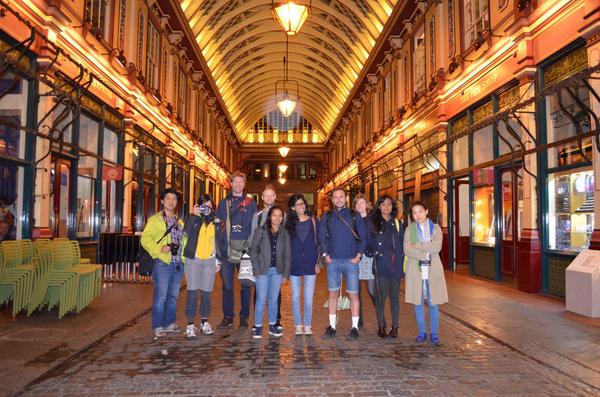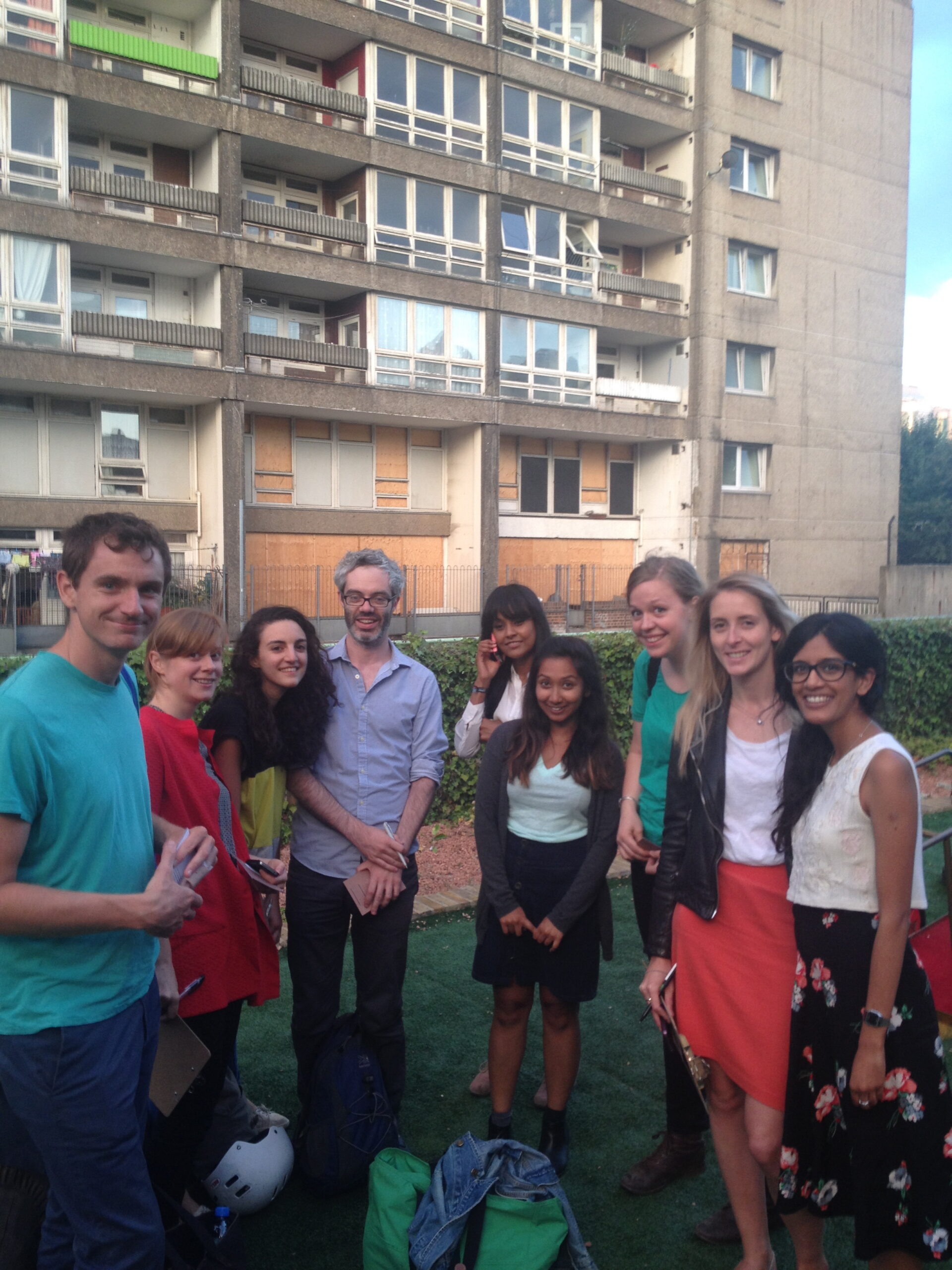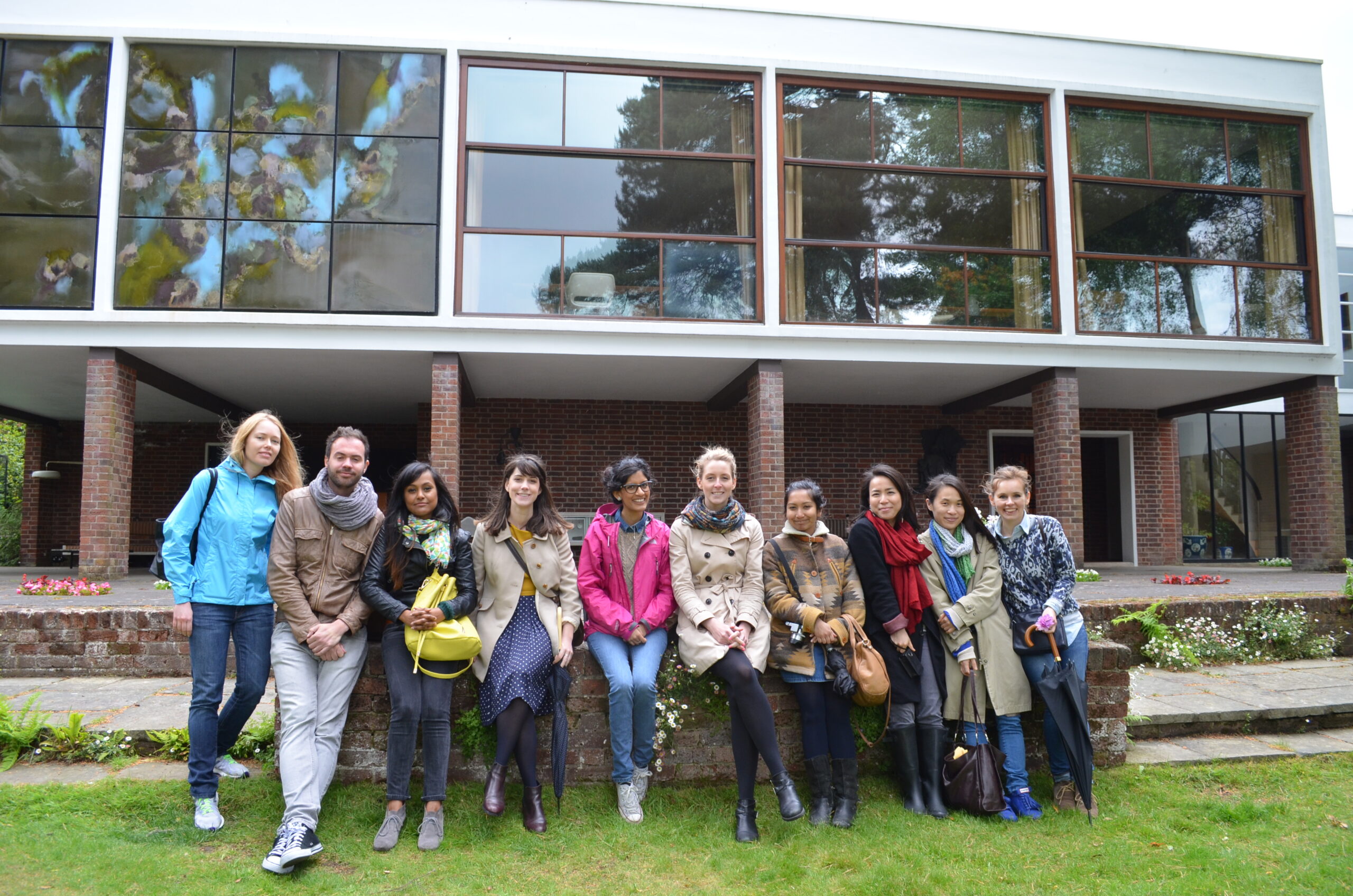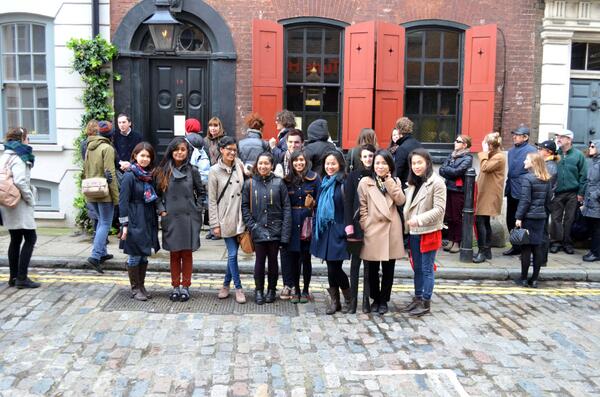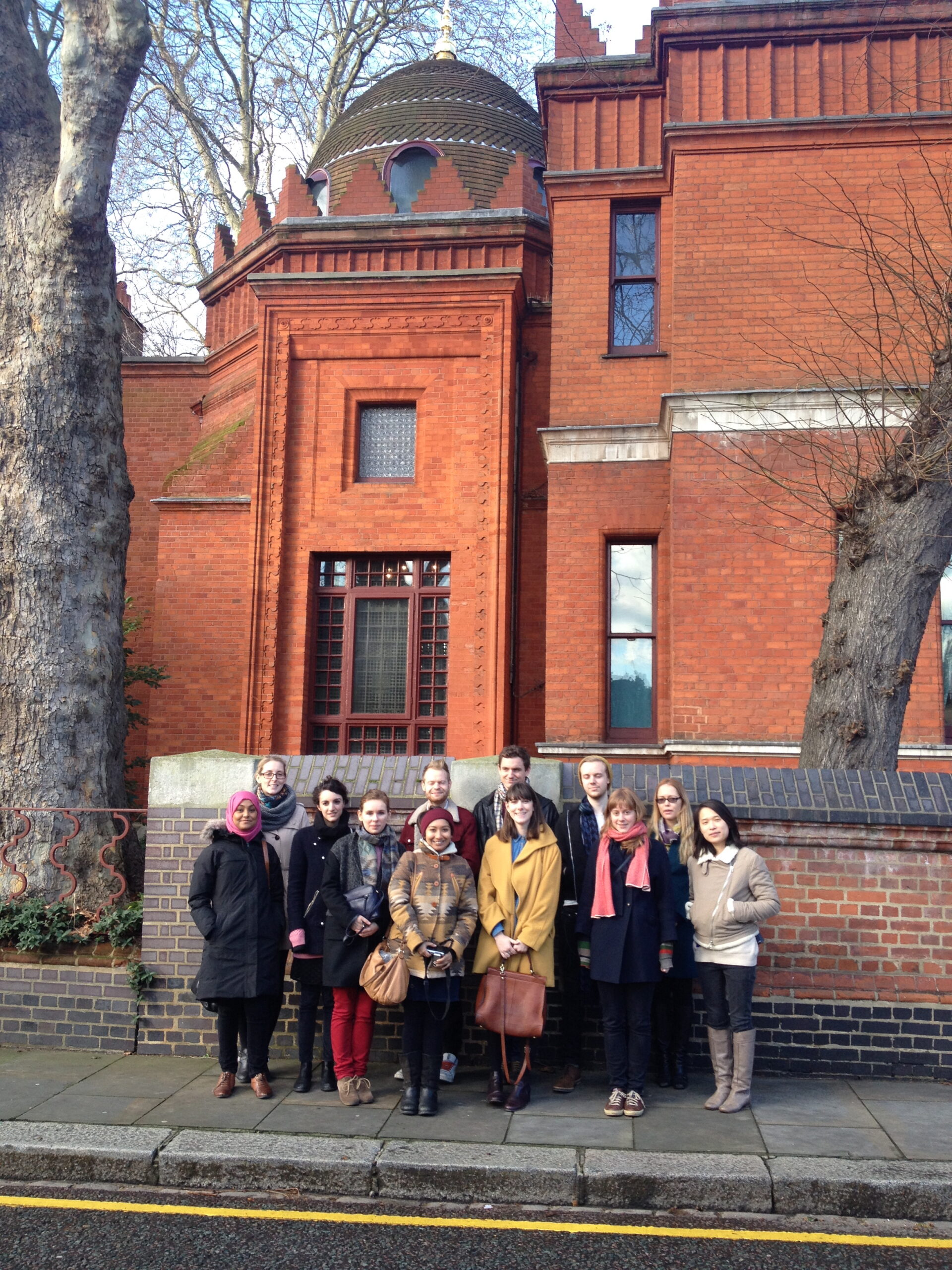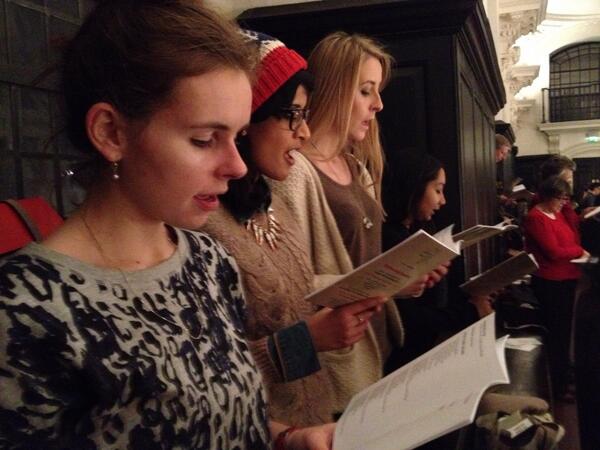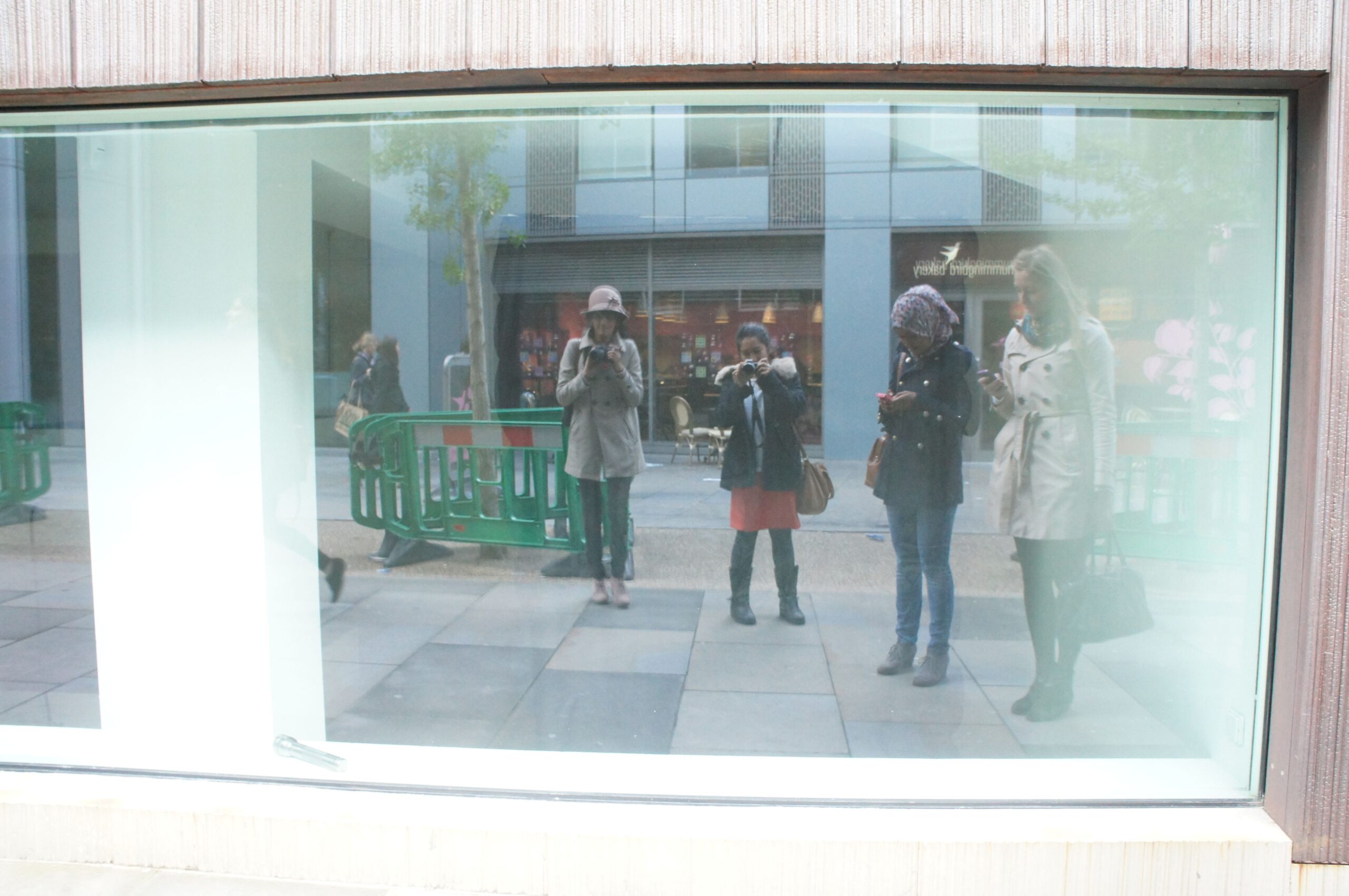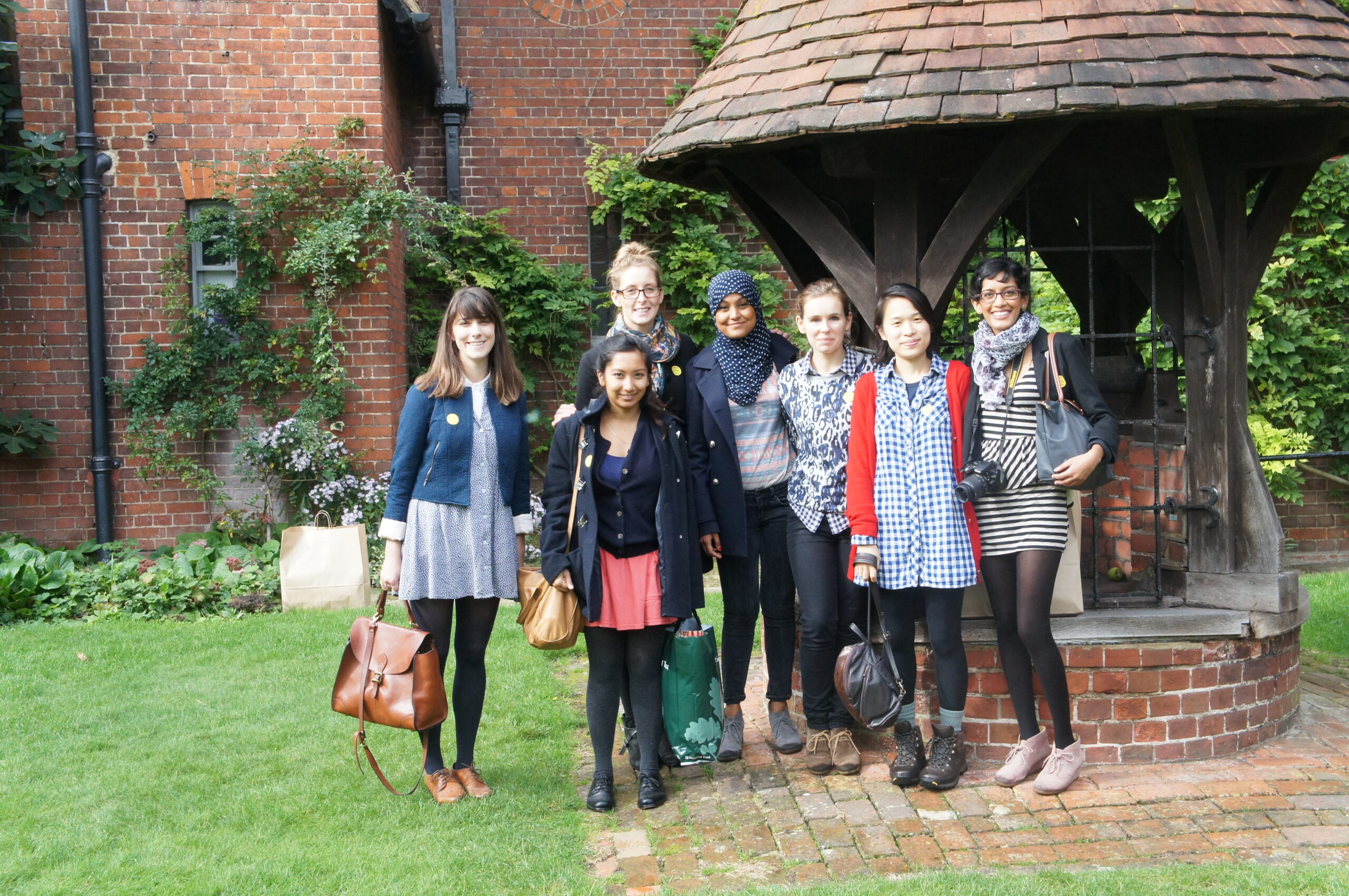59. Thamesmead
Greater London Council Architects' concrete masterplan
Thamesmead, London








Our tour started on the hillside of Lesnes Abbey of Abbey Wood where the defined line between city and country in this masterplan was to exist. The intention was for Thamesmead to be urban from the start, city-like and a new town on the marshes of the existing Woolwich Arsenal. The masterplan was a reaction against ‘Garden Cities’ the half rural pretty towns, and was envisioned to be an urban city within a garden. A project delivered by the Greater London Council, notable architects such as Norman Engleback (Hayward Gallery) and Philip Bottomley (LCC housing architect) were involved in the masterplan. We look back towards the river from Lesnes Abbey and see the gritty urban landscape of Thamesmead concrete towers ahead of us.
The masterplan was designed to provide 17,000 new homes. The aesthetic was for the development to look system built. The housing is formed of concrete panels and encouraged to use “Industrial techniques and traditional methods”. The man made lake which was formed with poured concrete was made to look like it was system built. The housing is built around enclosed concrete squares (soft landscape sometimes in the courtyards) with elevated walkways that connect between the blocks. Smaller low rise units were designed around the ‘town centre’ to cater for families and older people. Individuals and young couples were to be housed in the towers. Blocks and walkways were elevated due to the flood plain with the thames barrier nearby (new development will not be elevated).
Right-to-buy is clearly defined across the estate by the council-owned uPVC retrofit cladding vs the individual owner’s mock tutor decorative stained timber cladding. When the LCC was abolished in 1986, Thamesmead town was handed over to housing associations firstly Gallions and then later Peabody.
